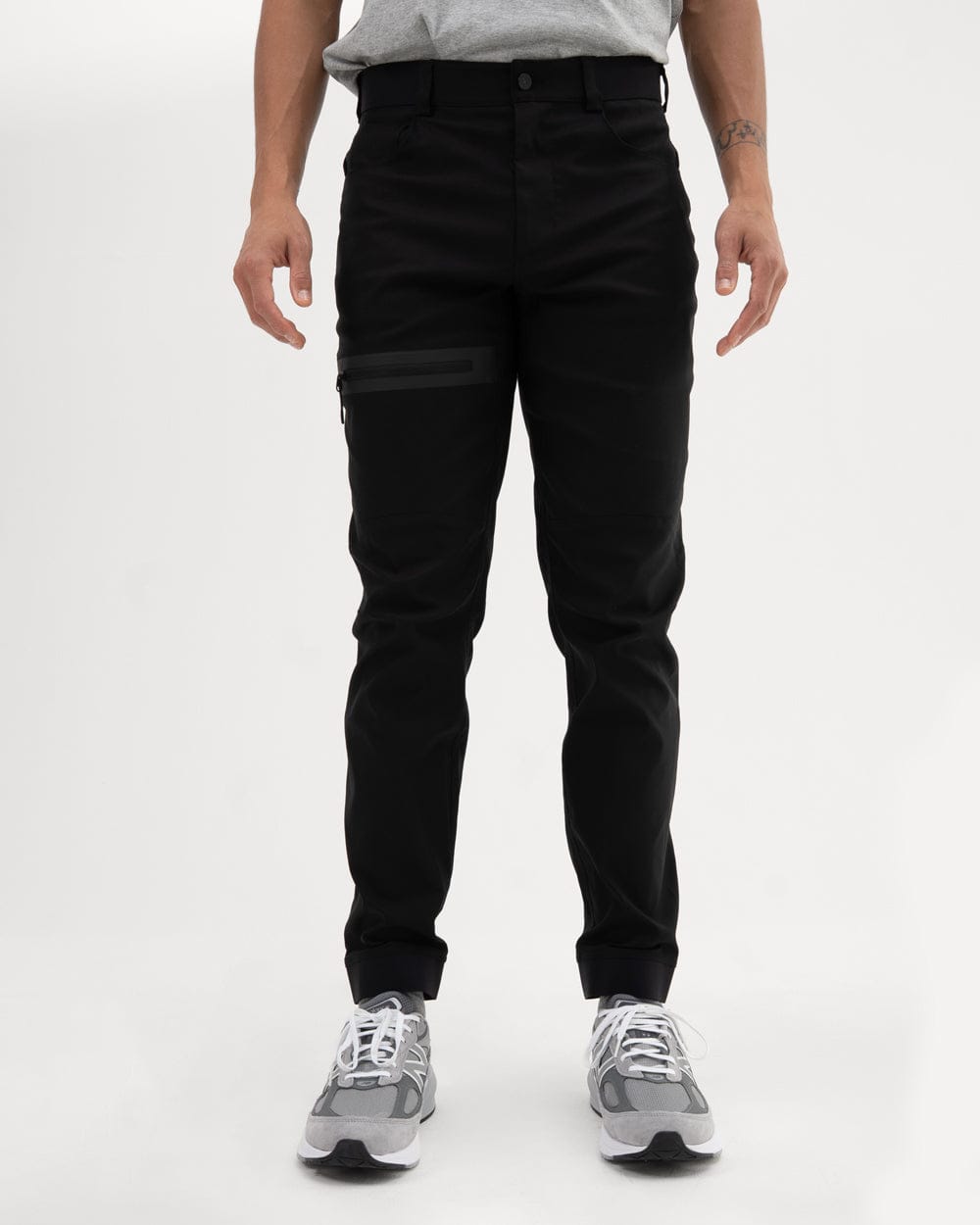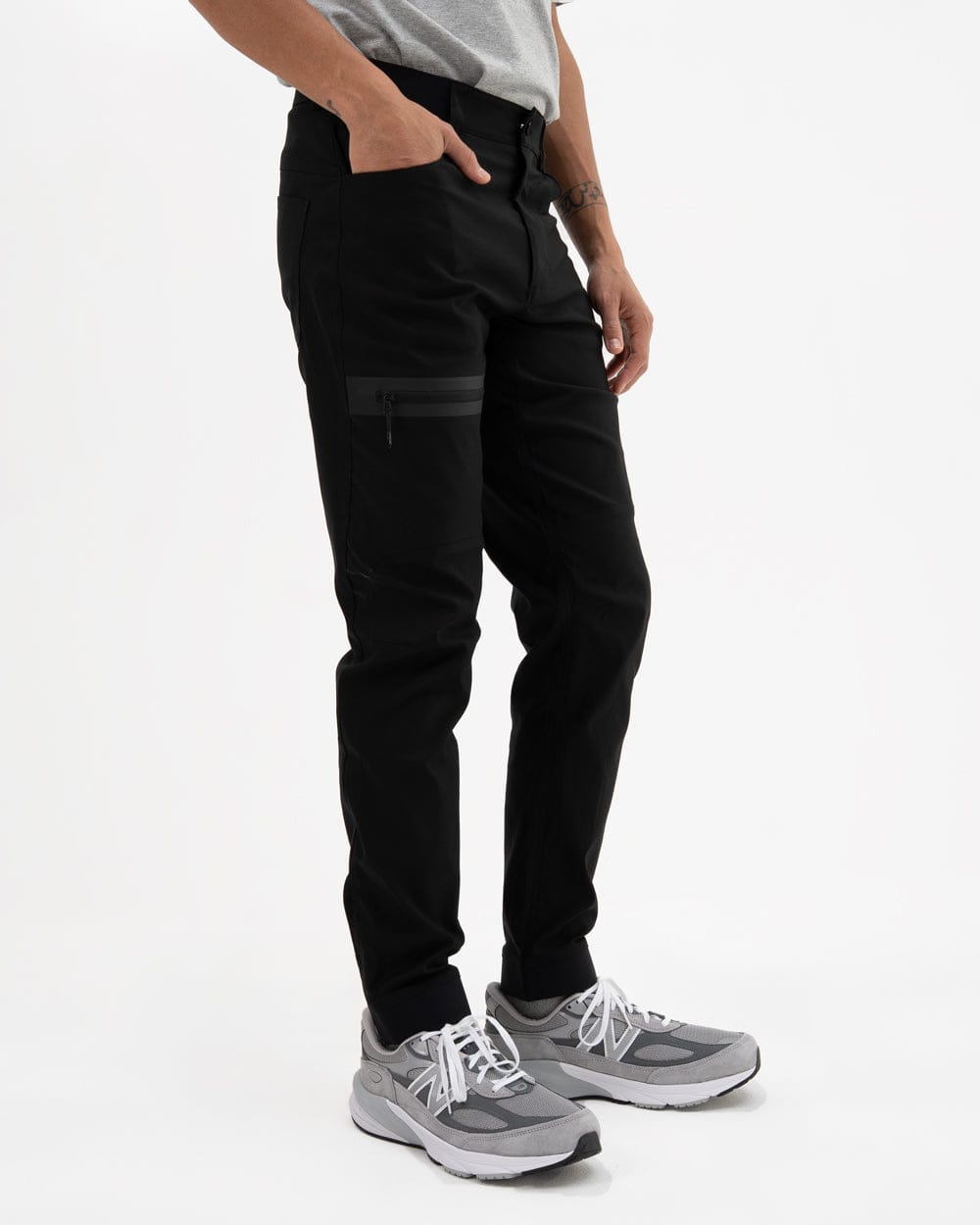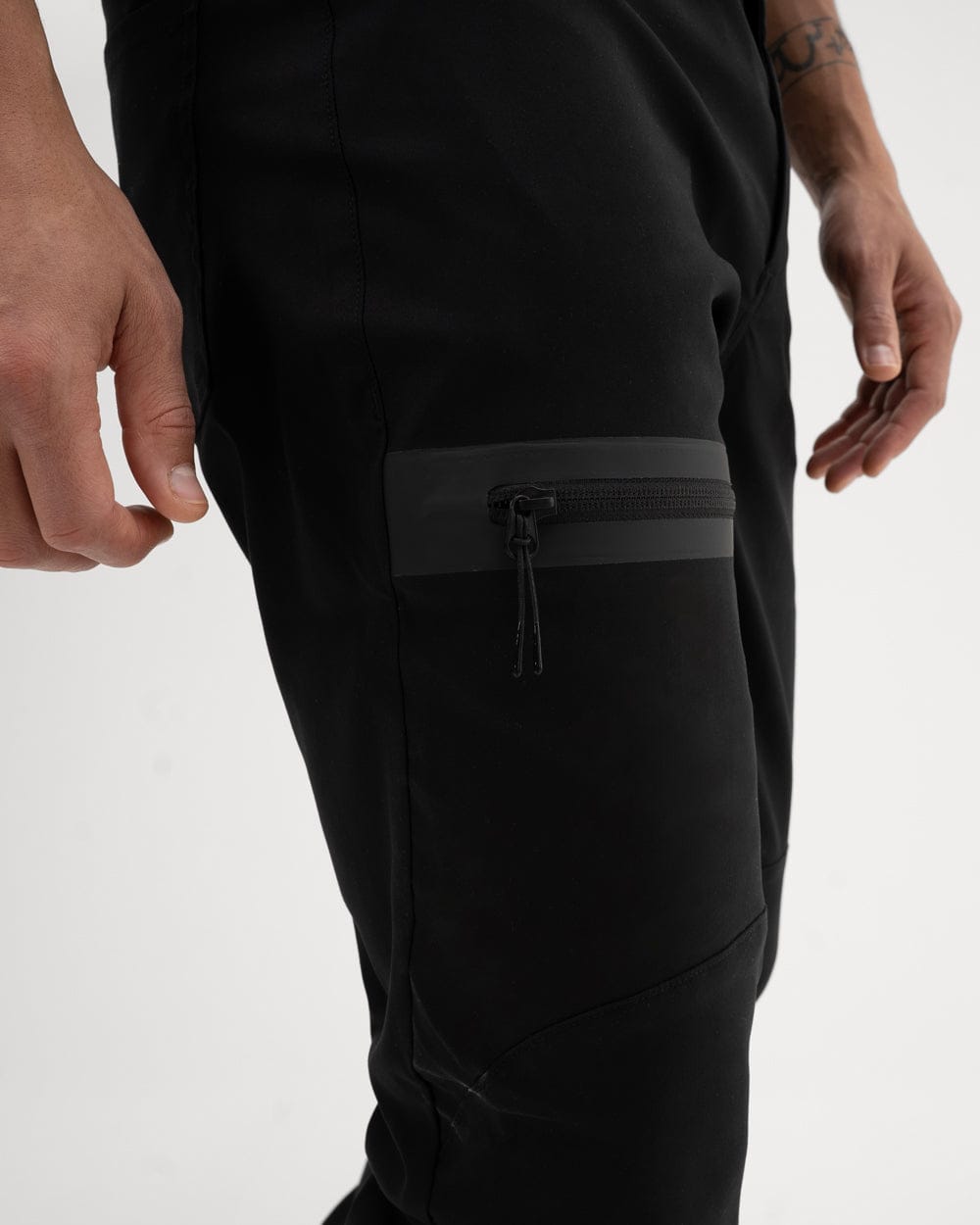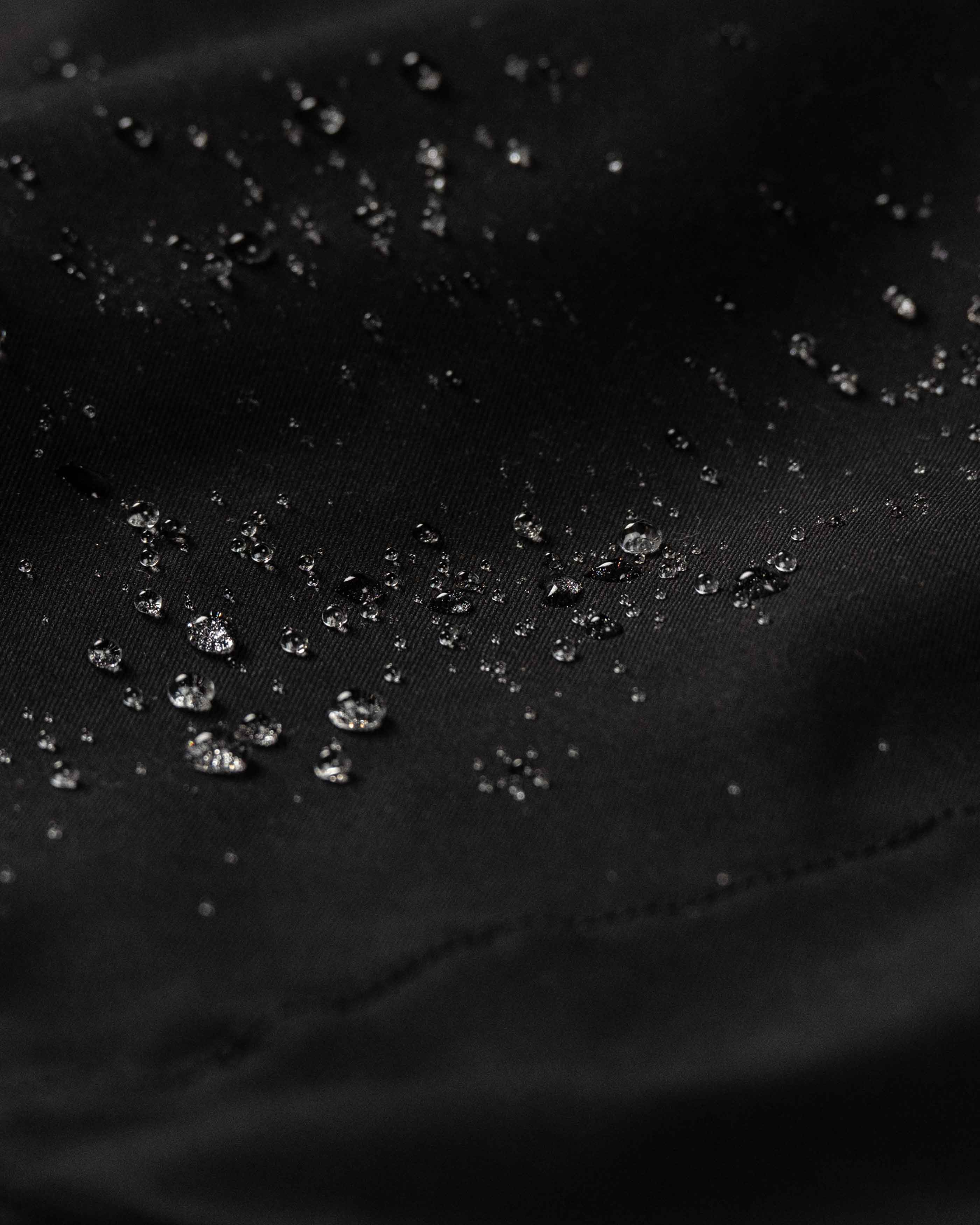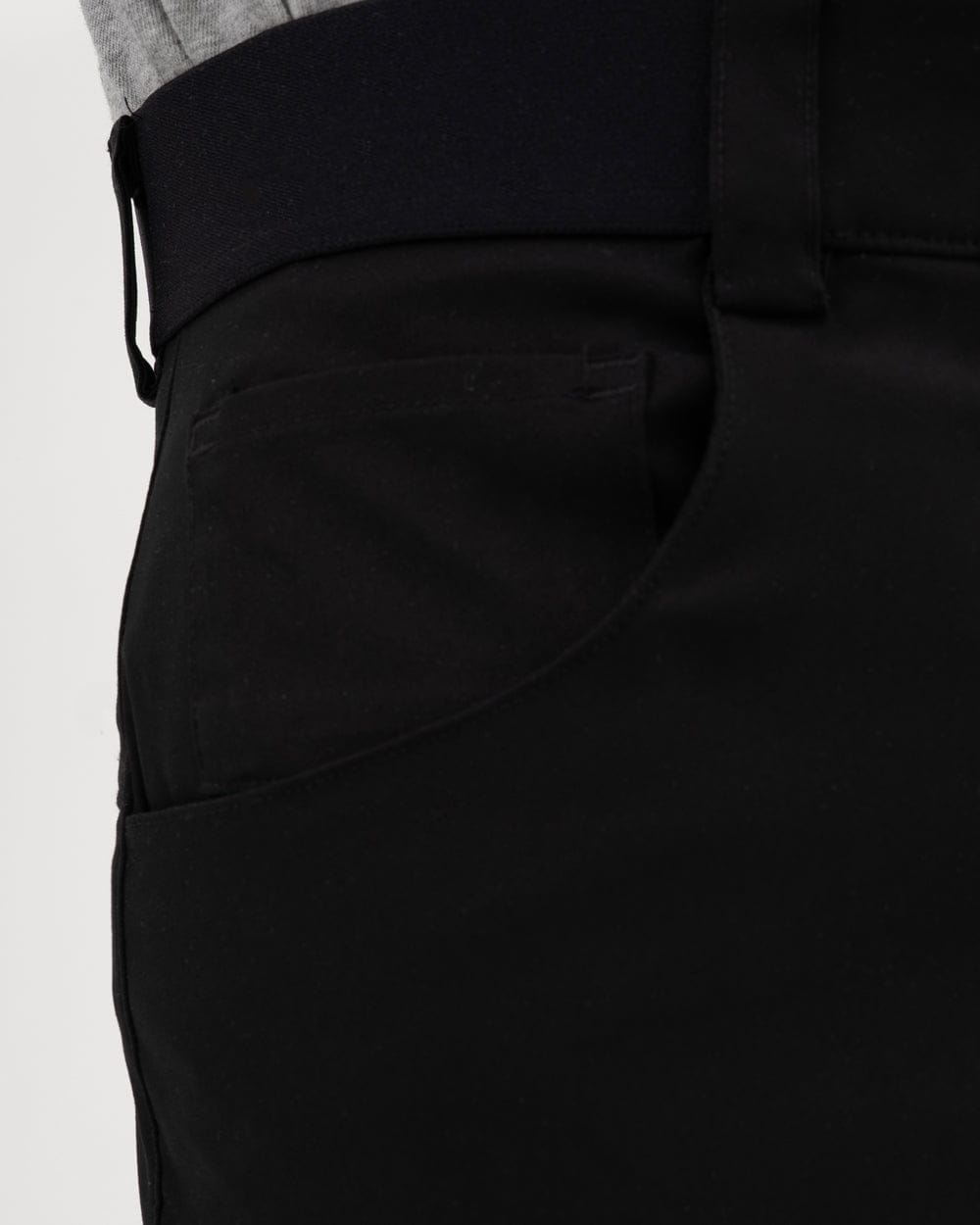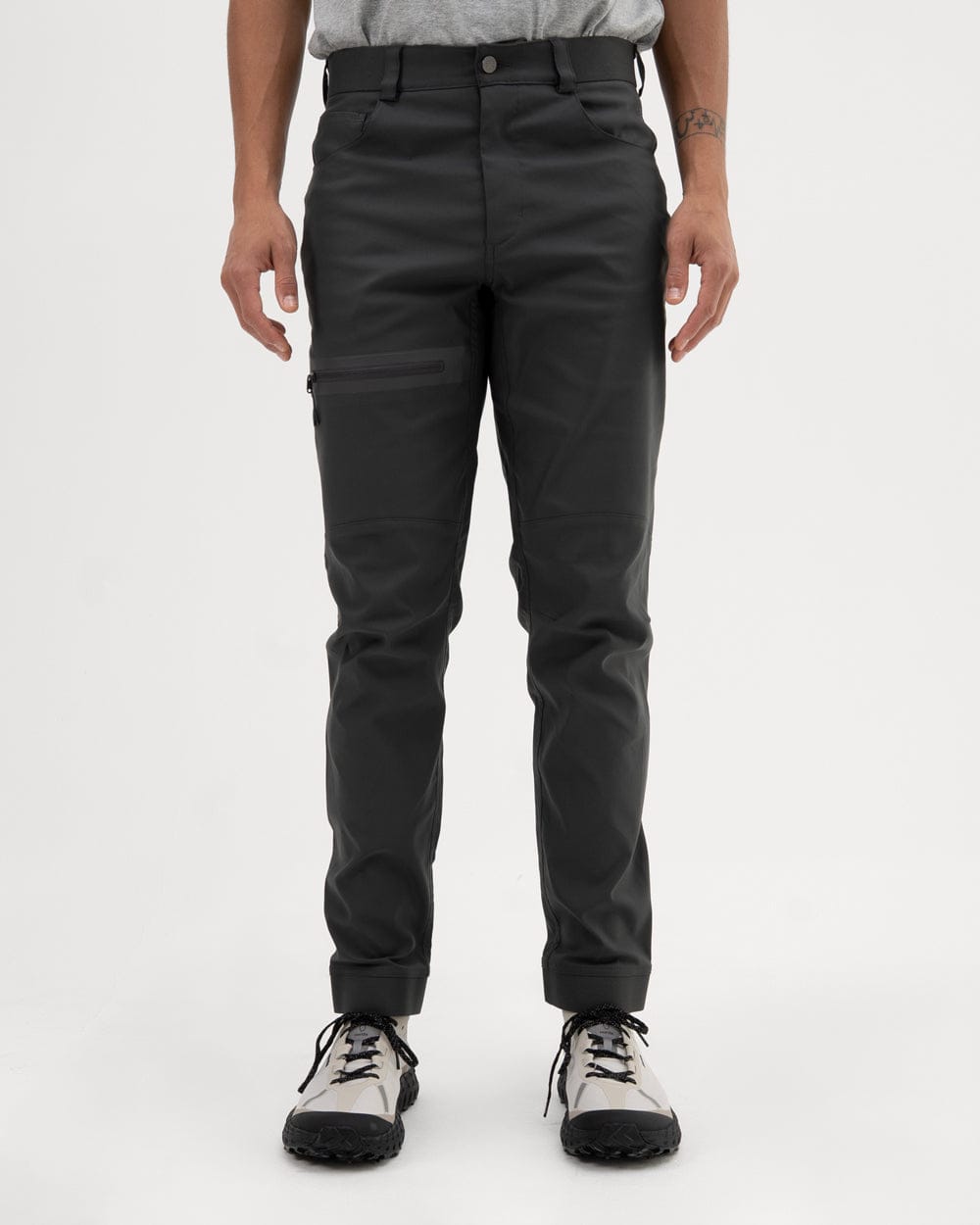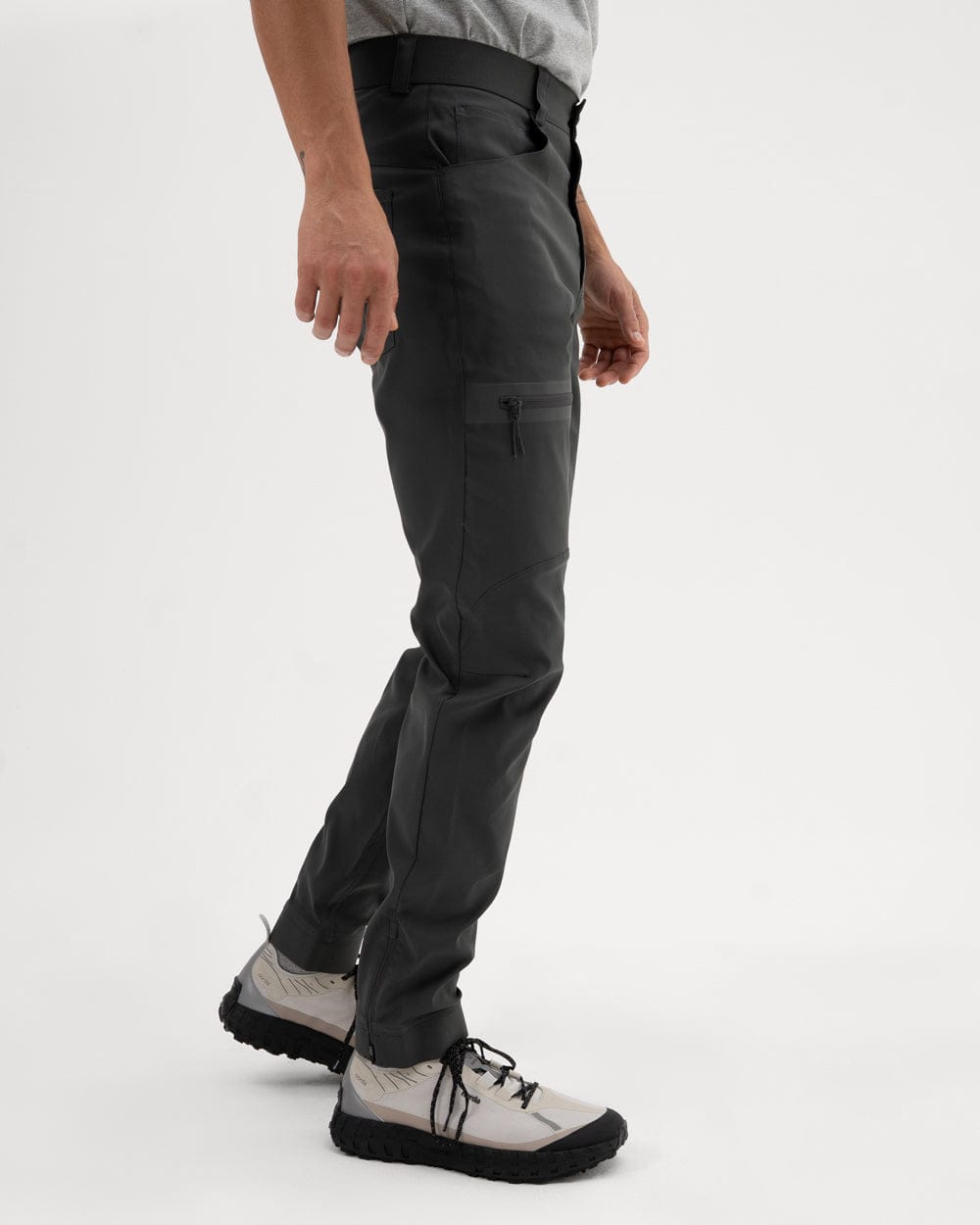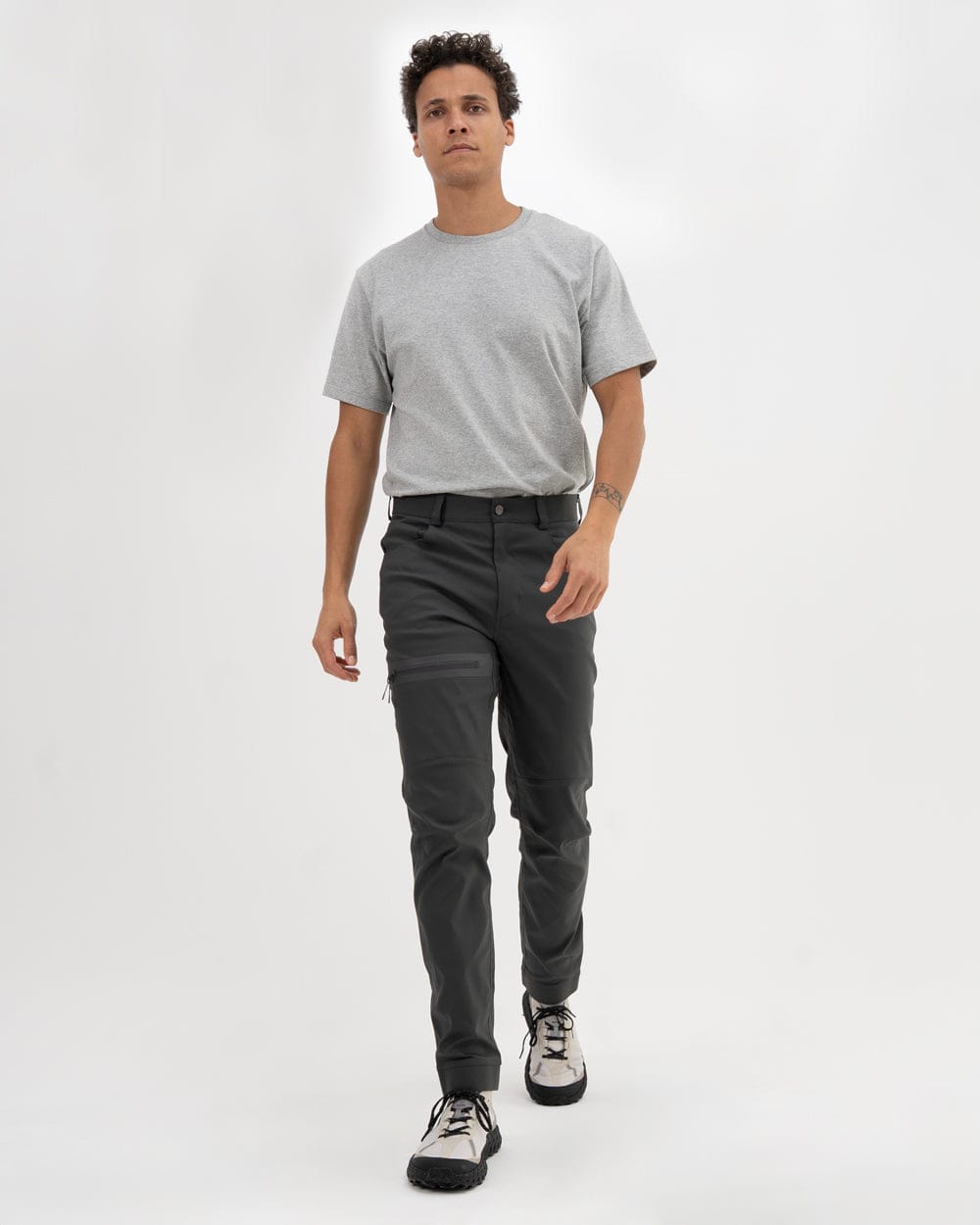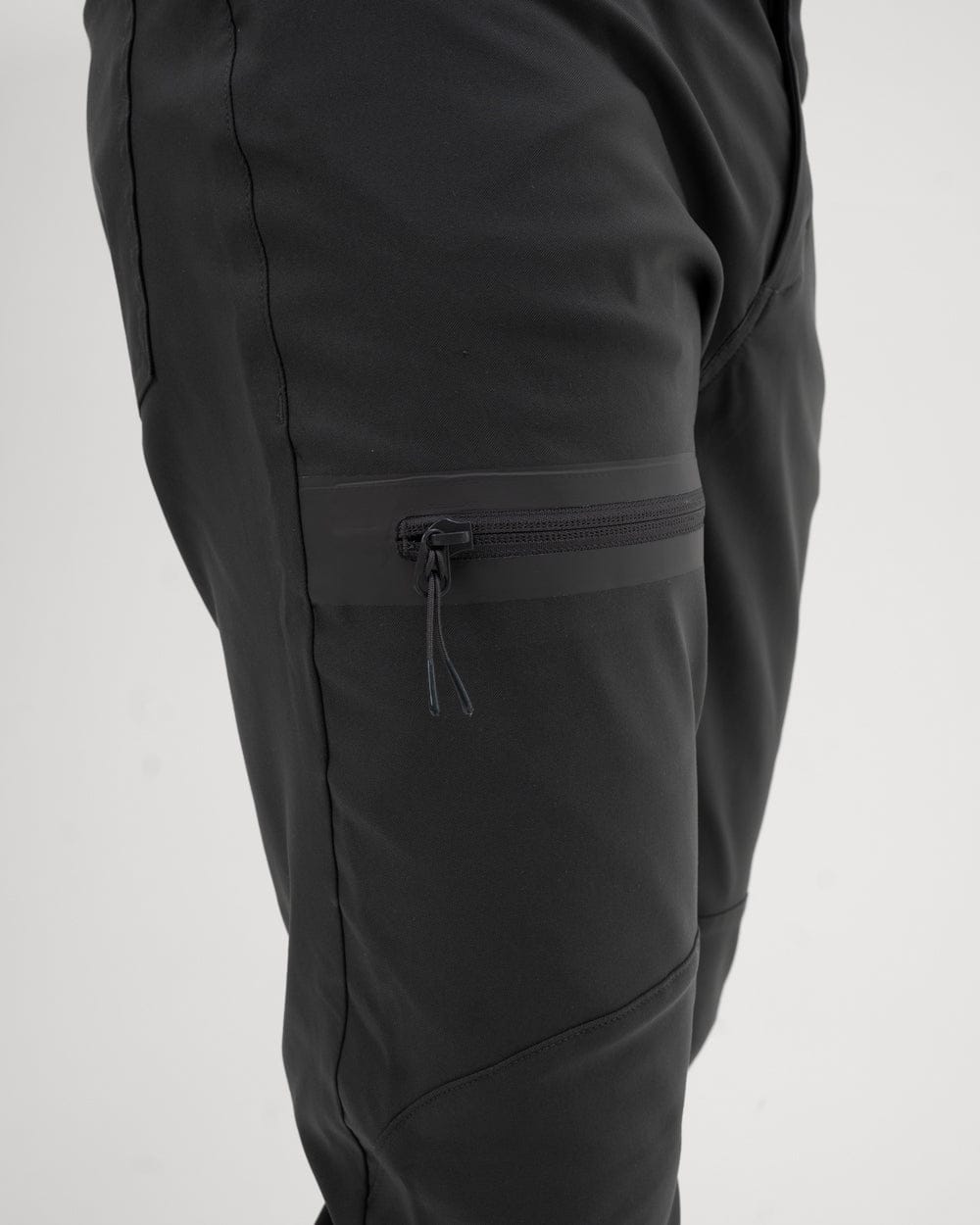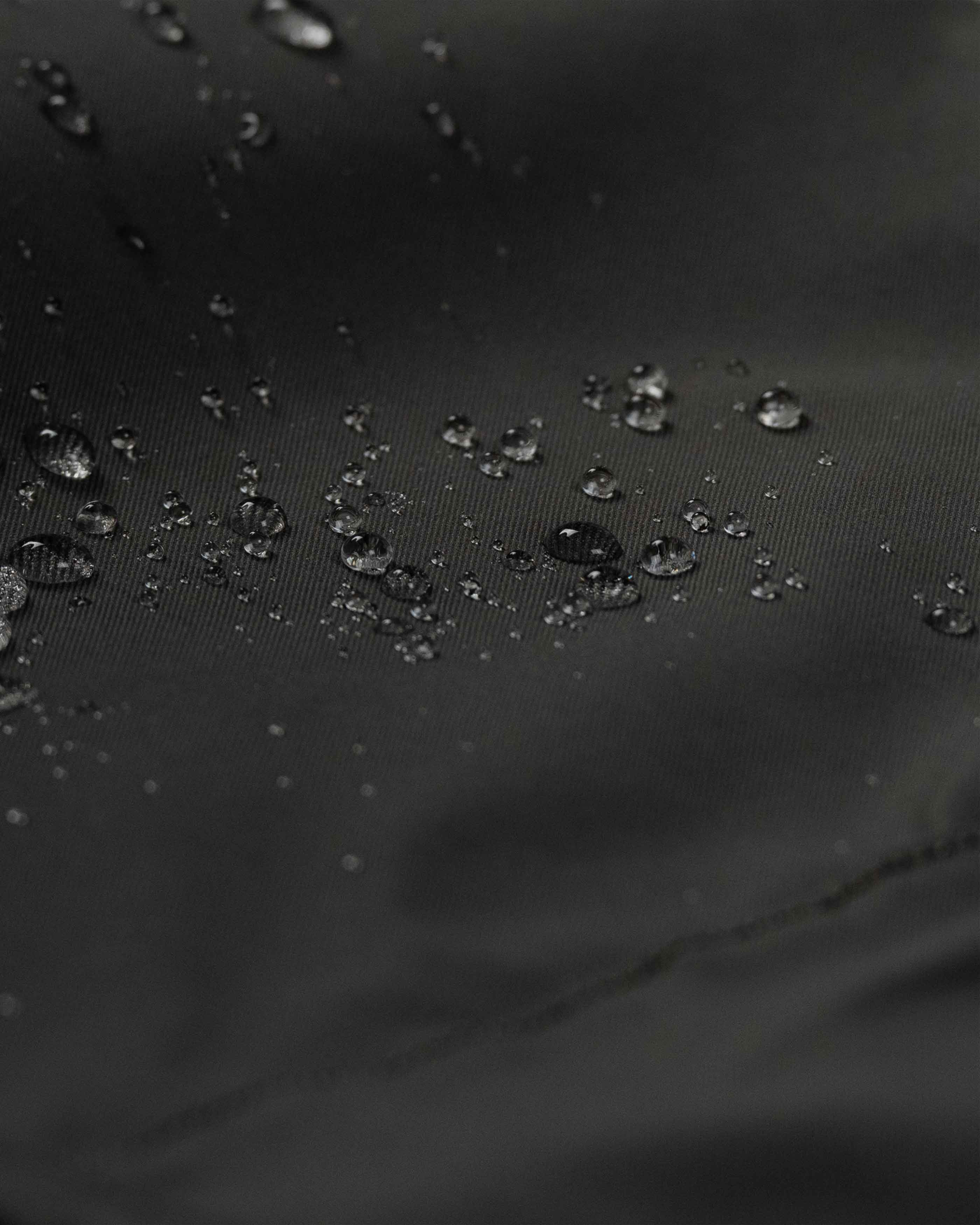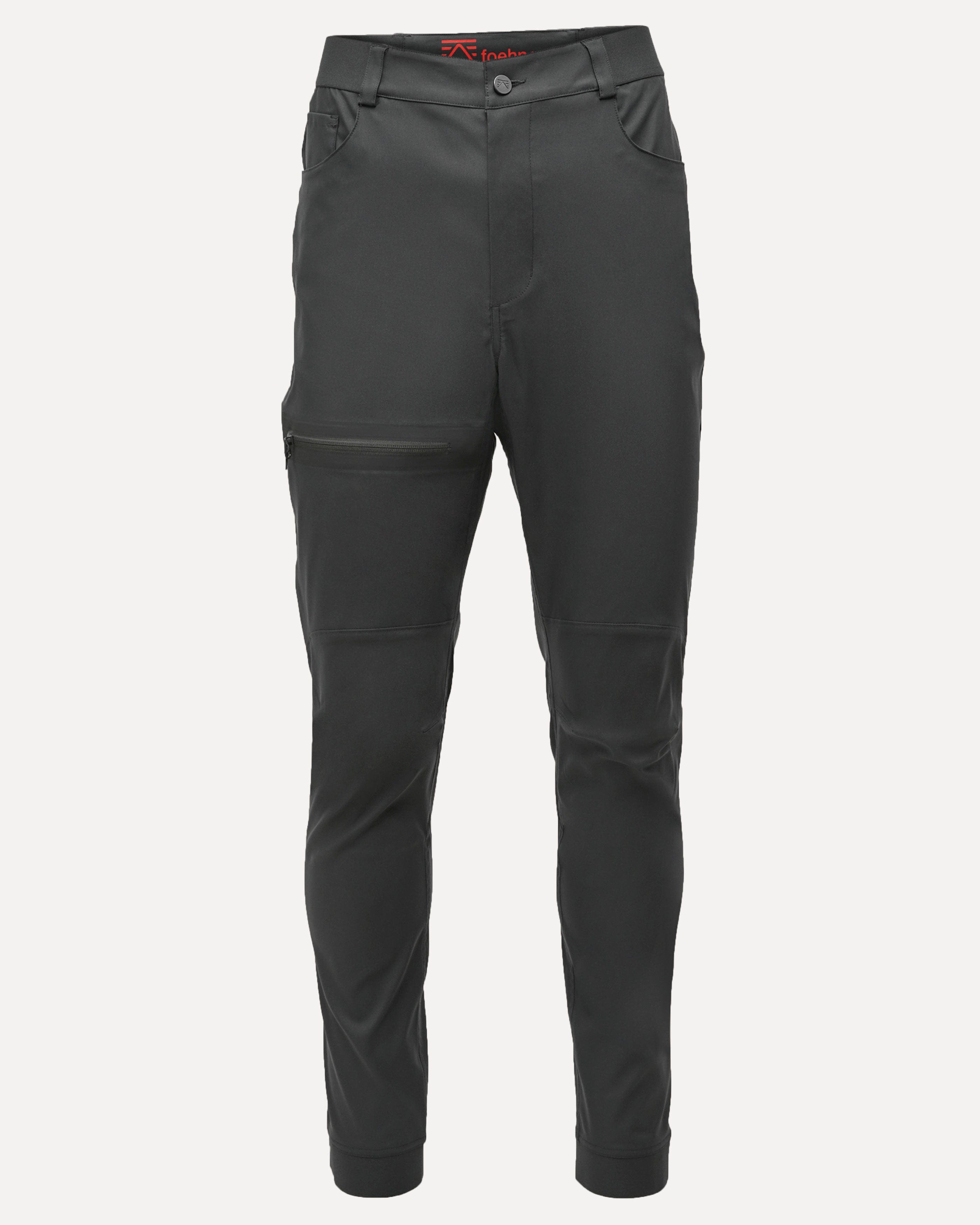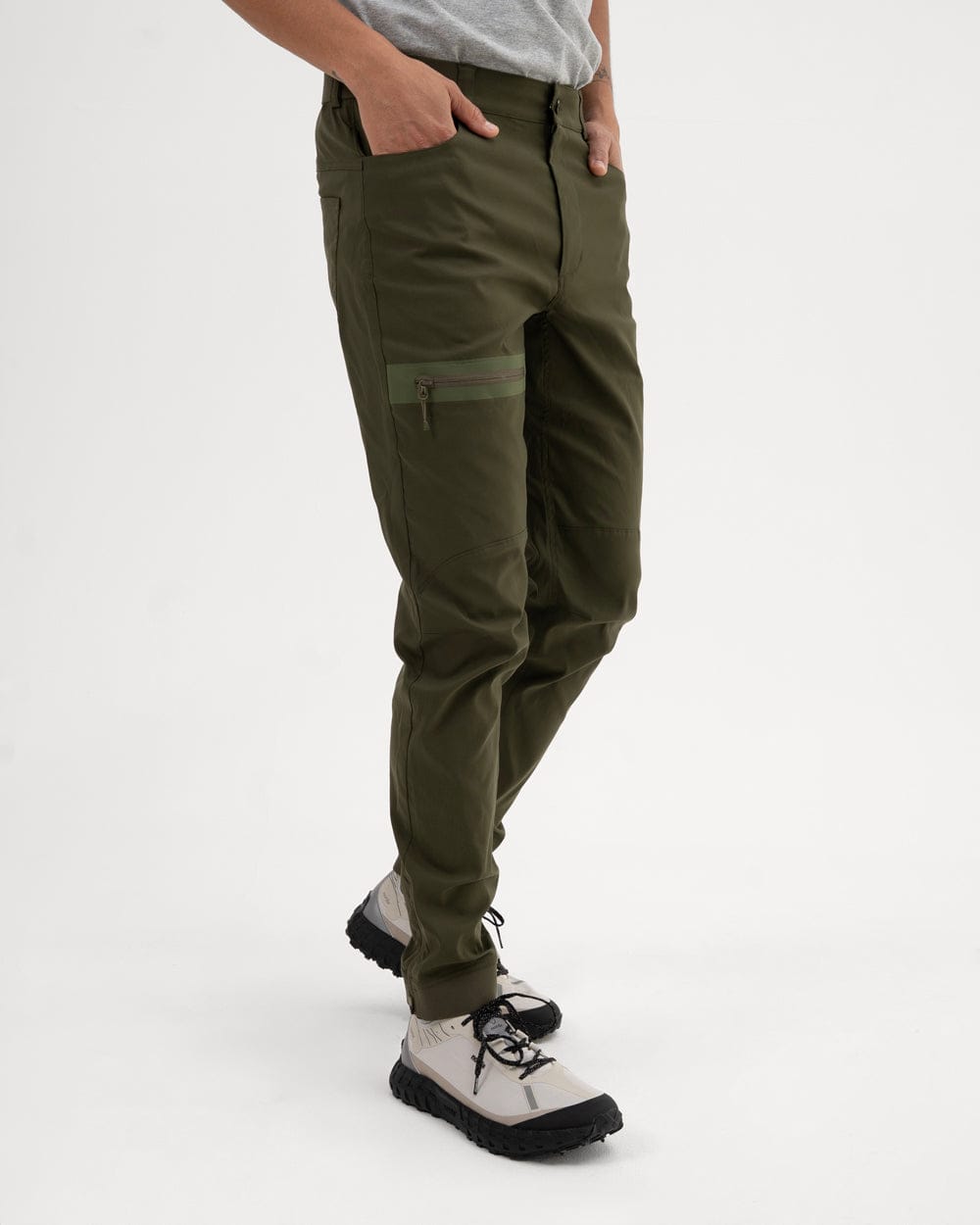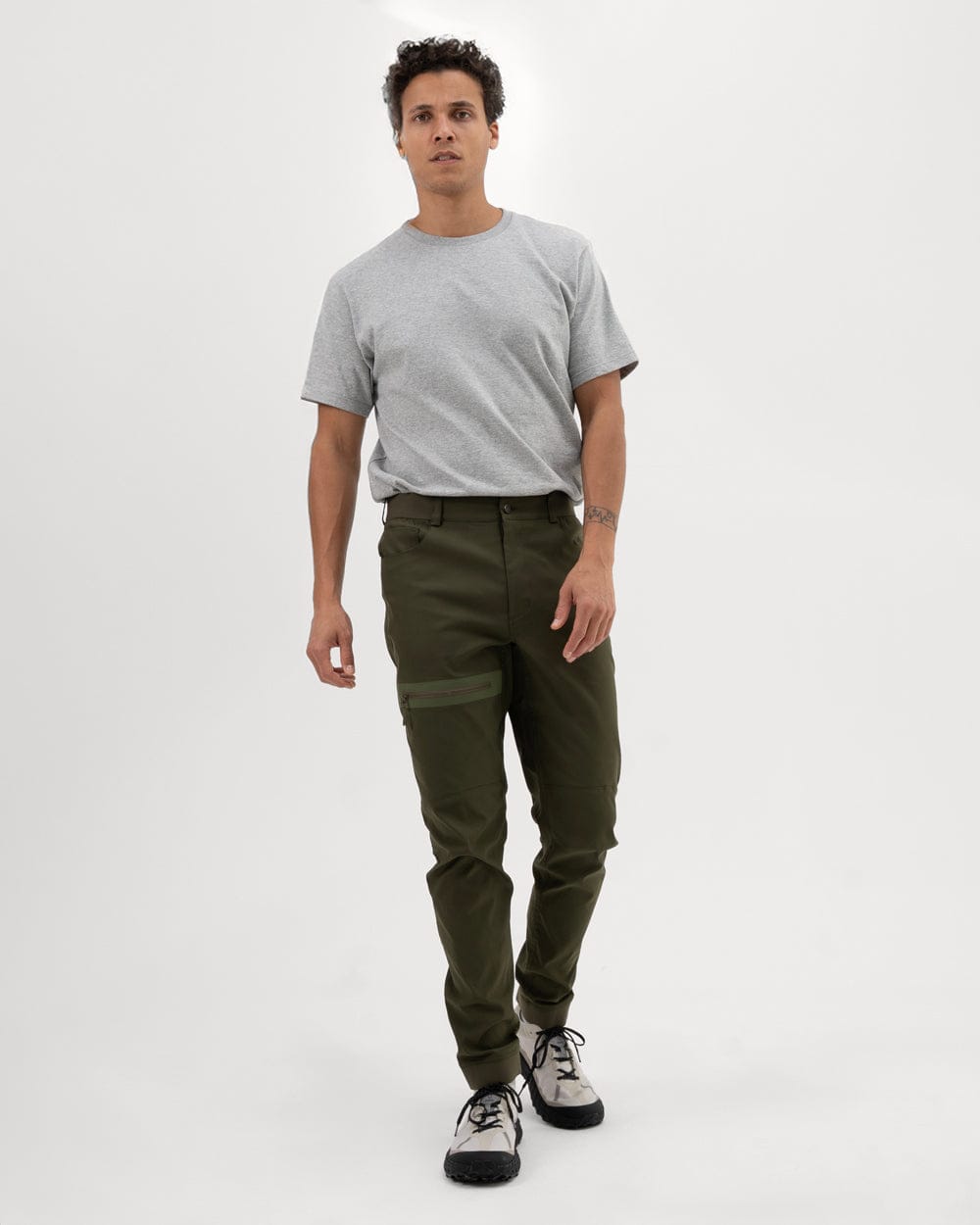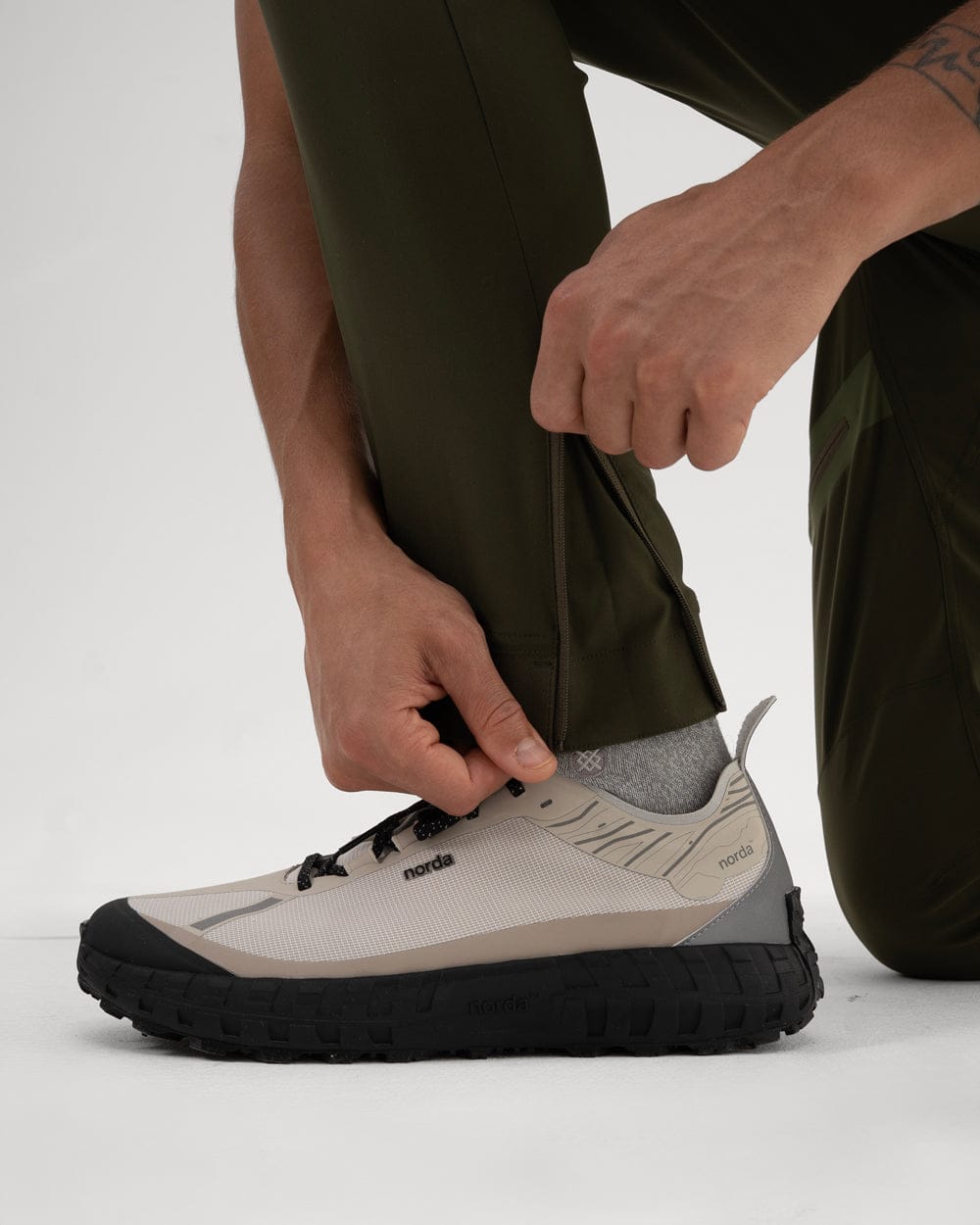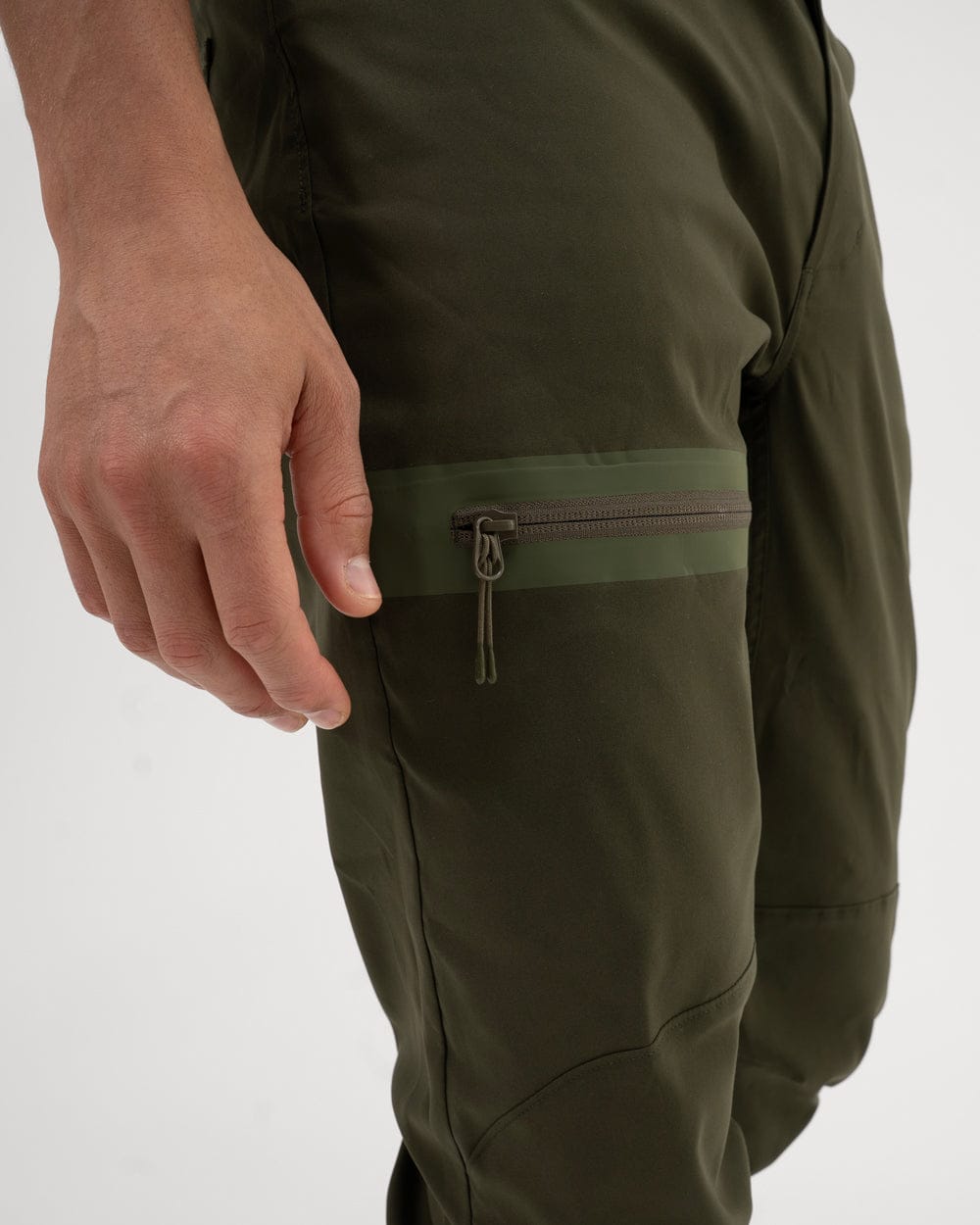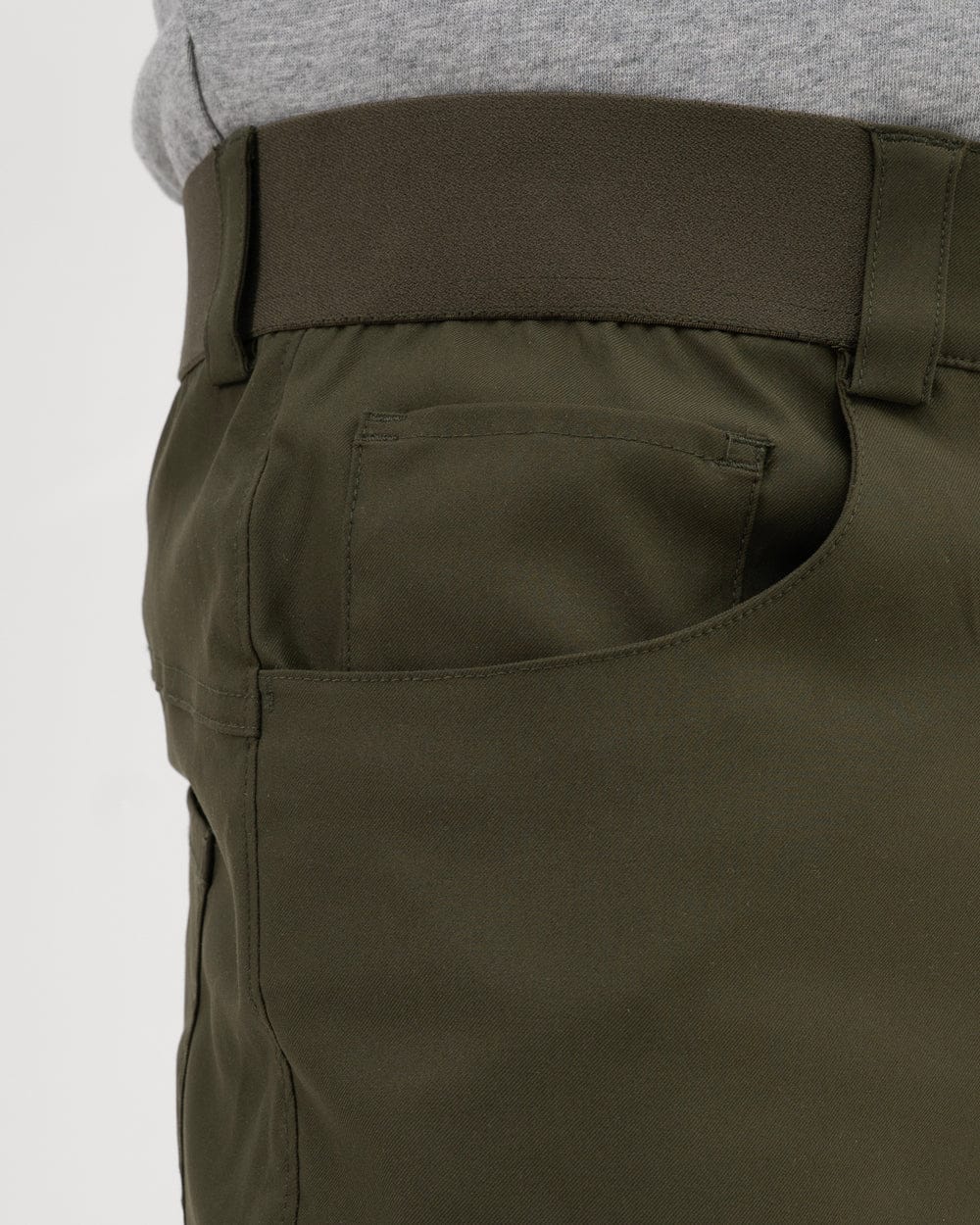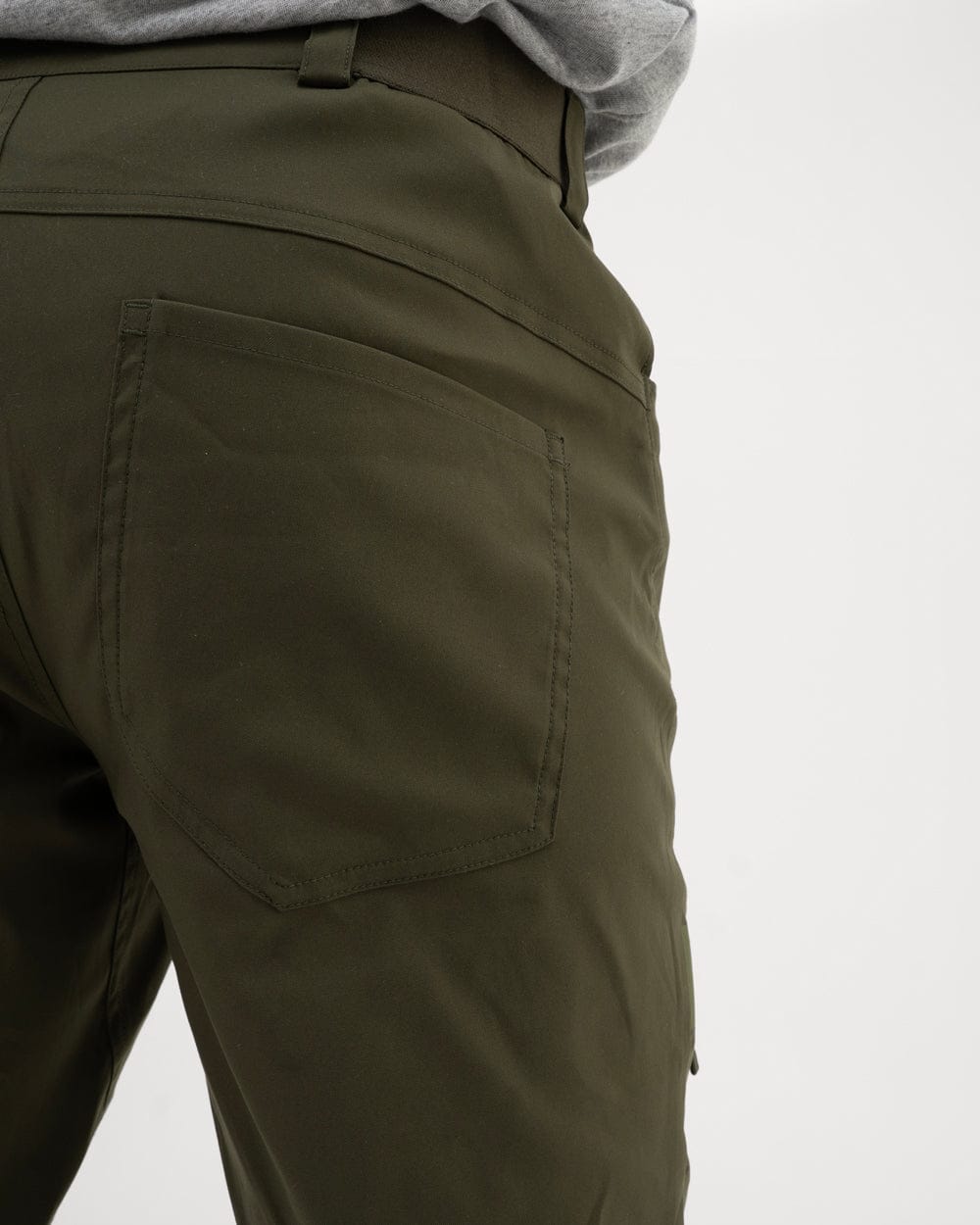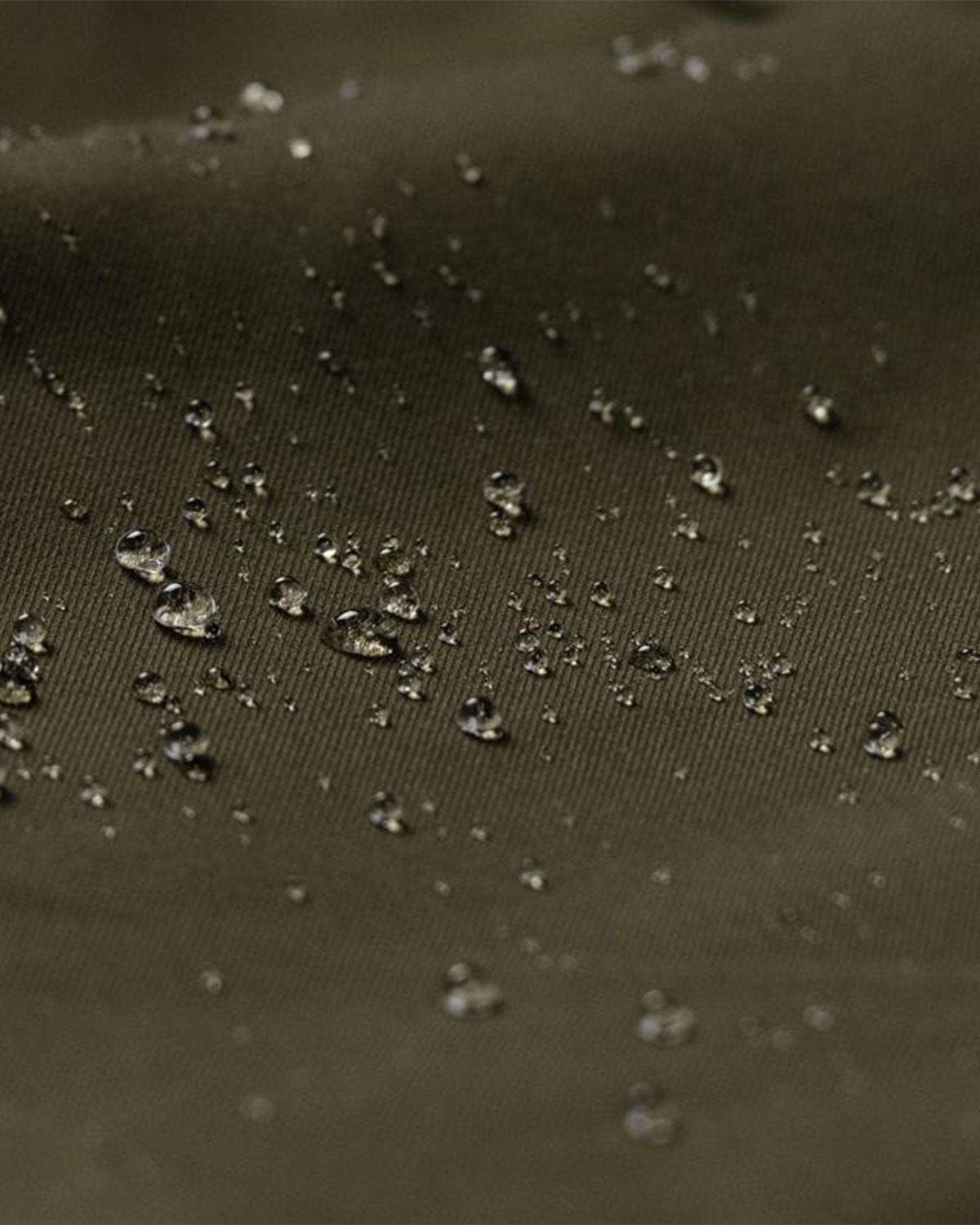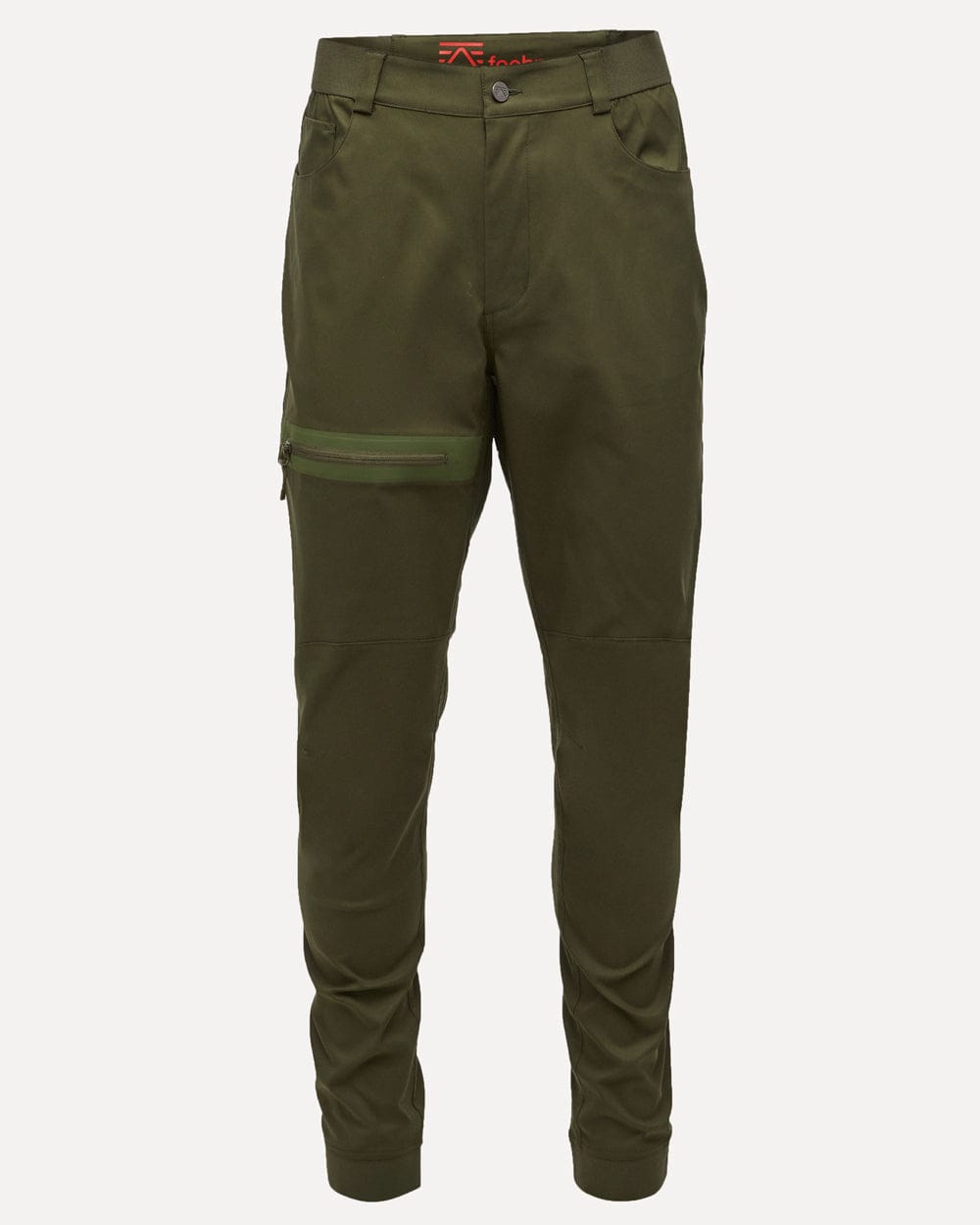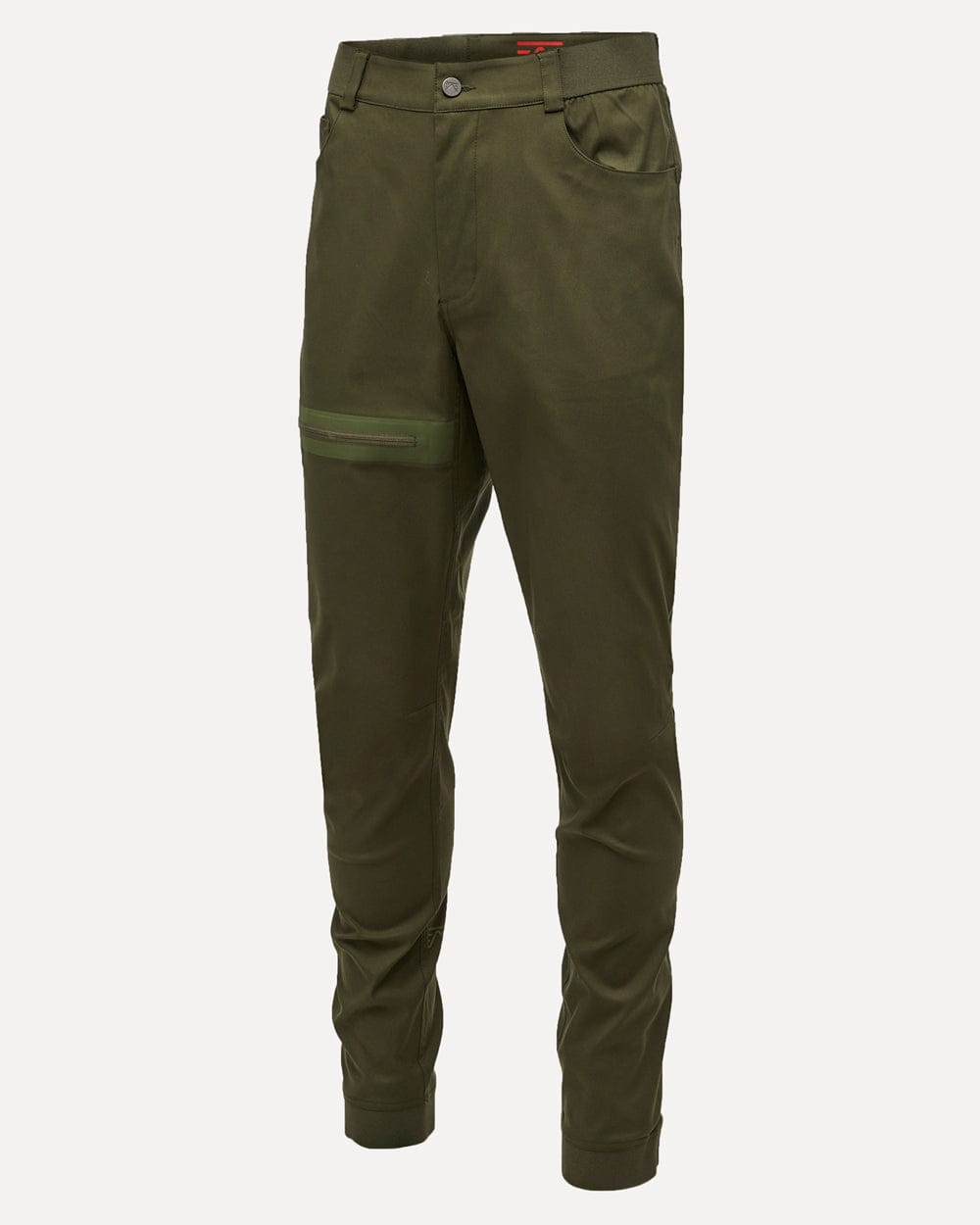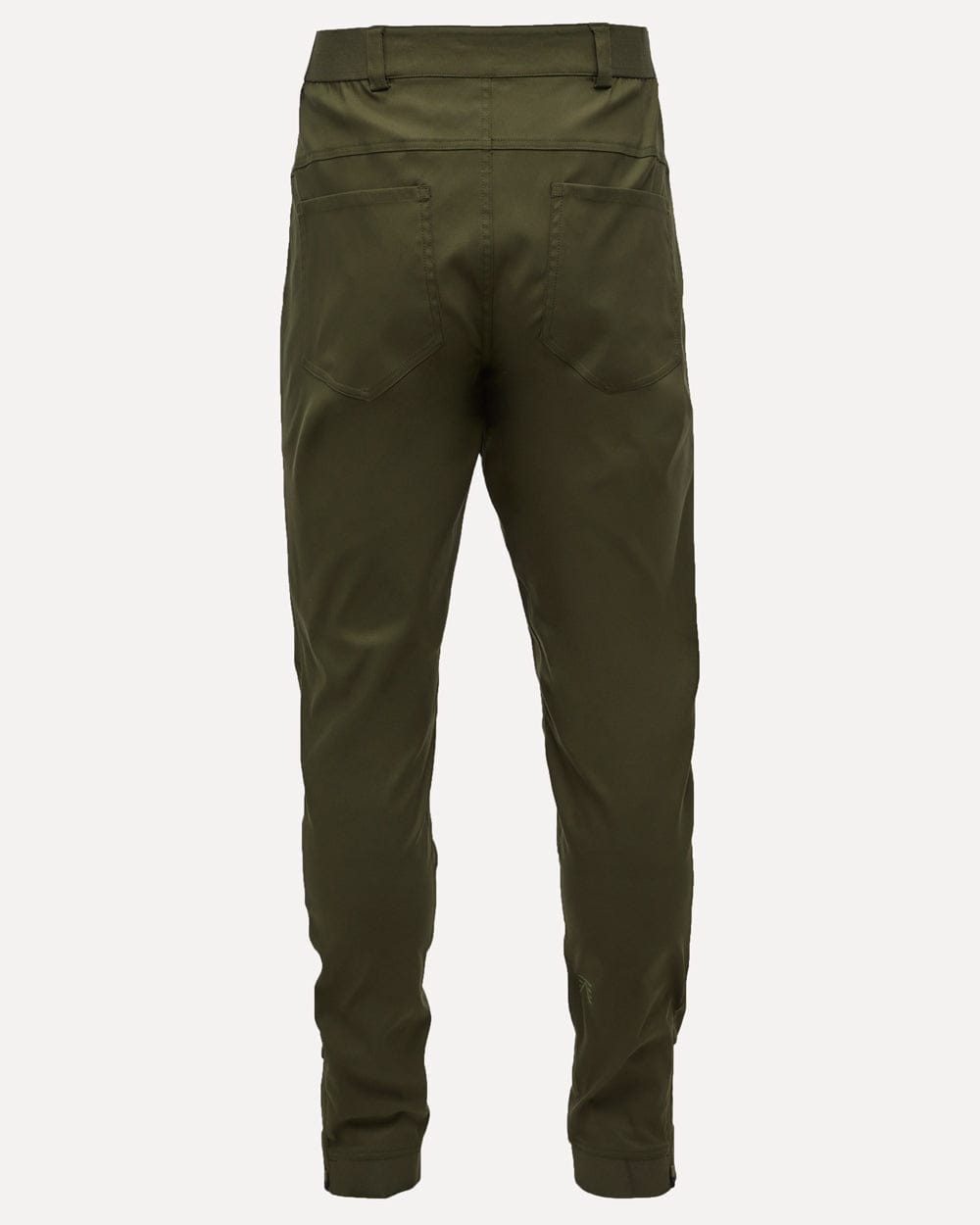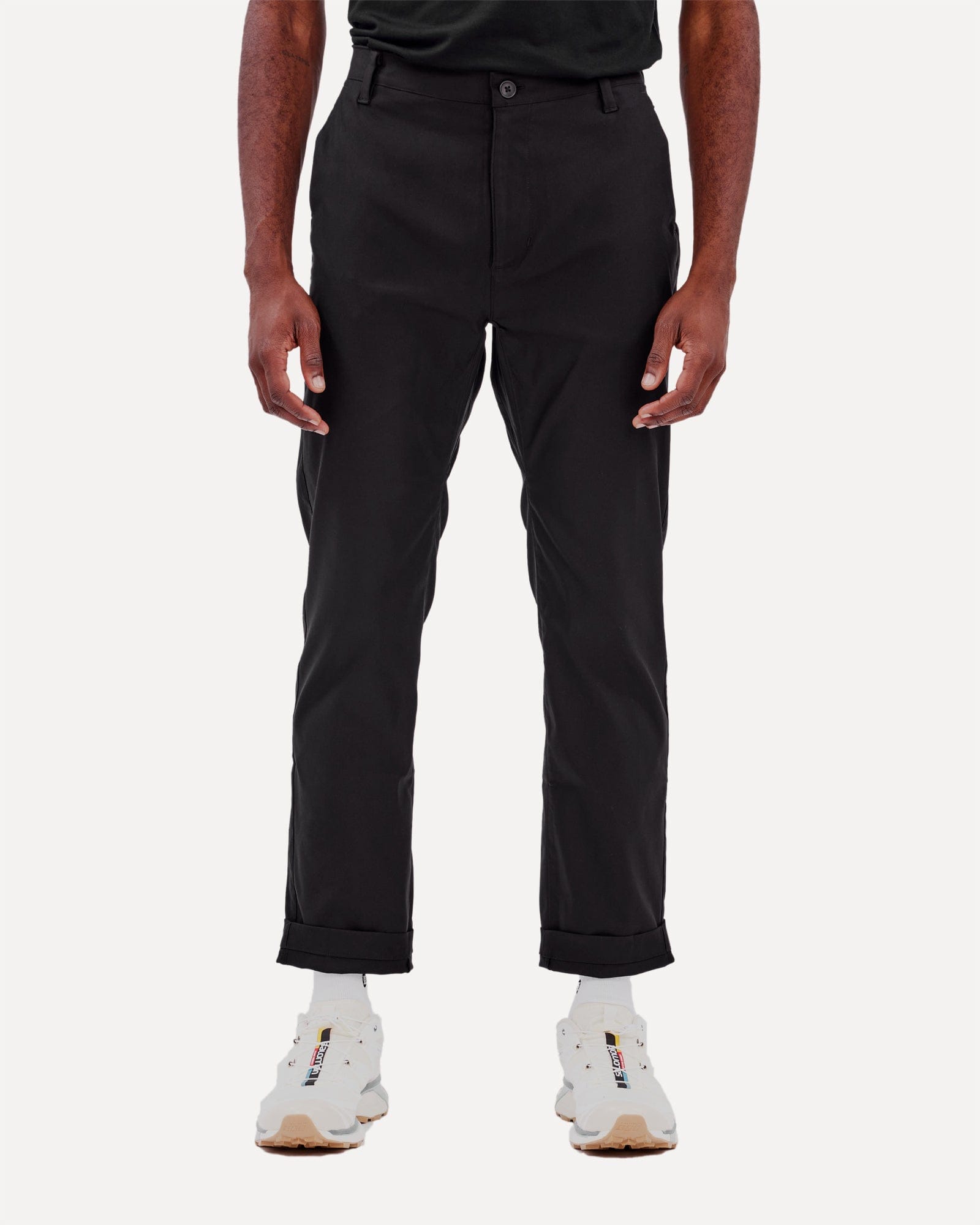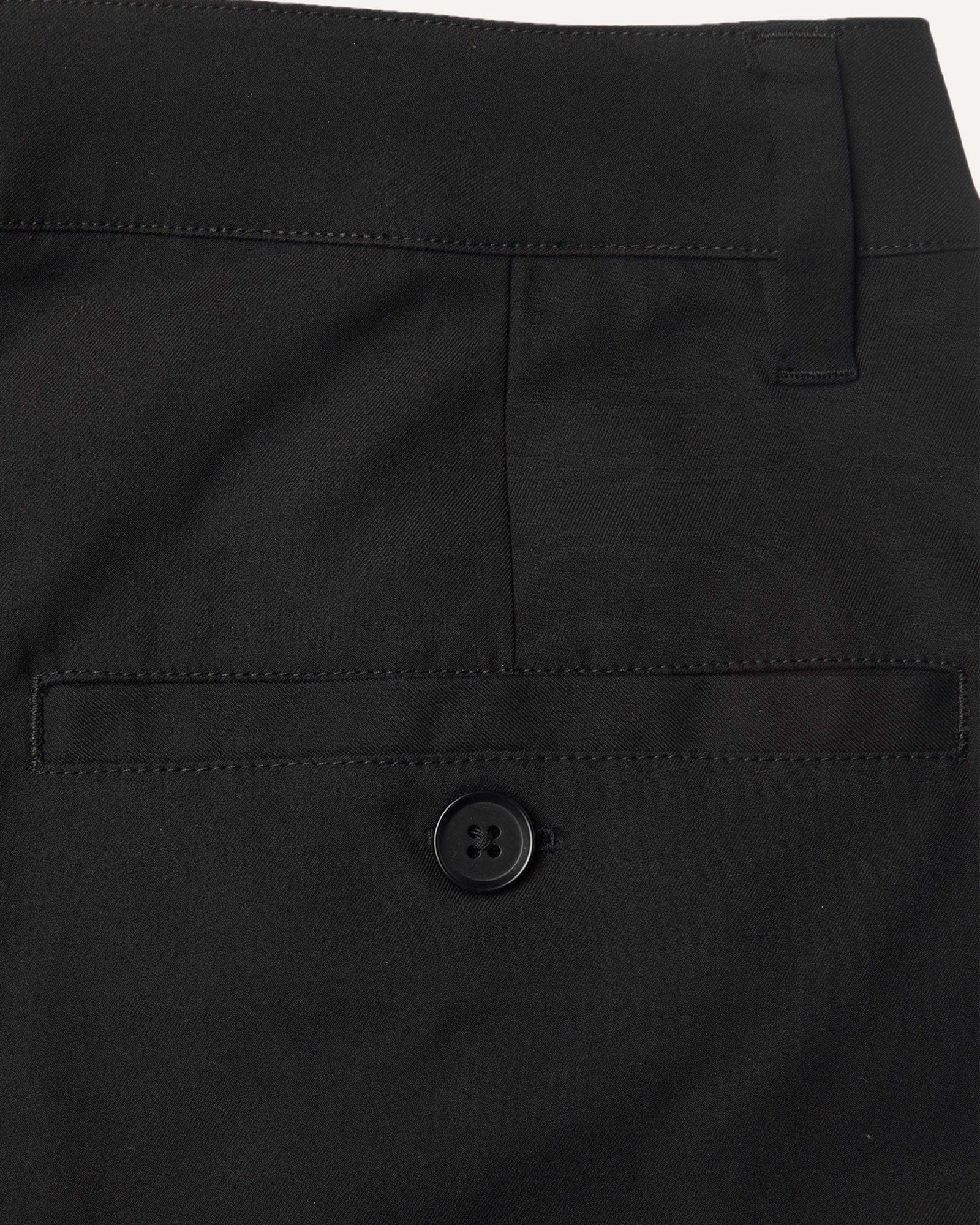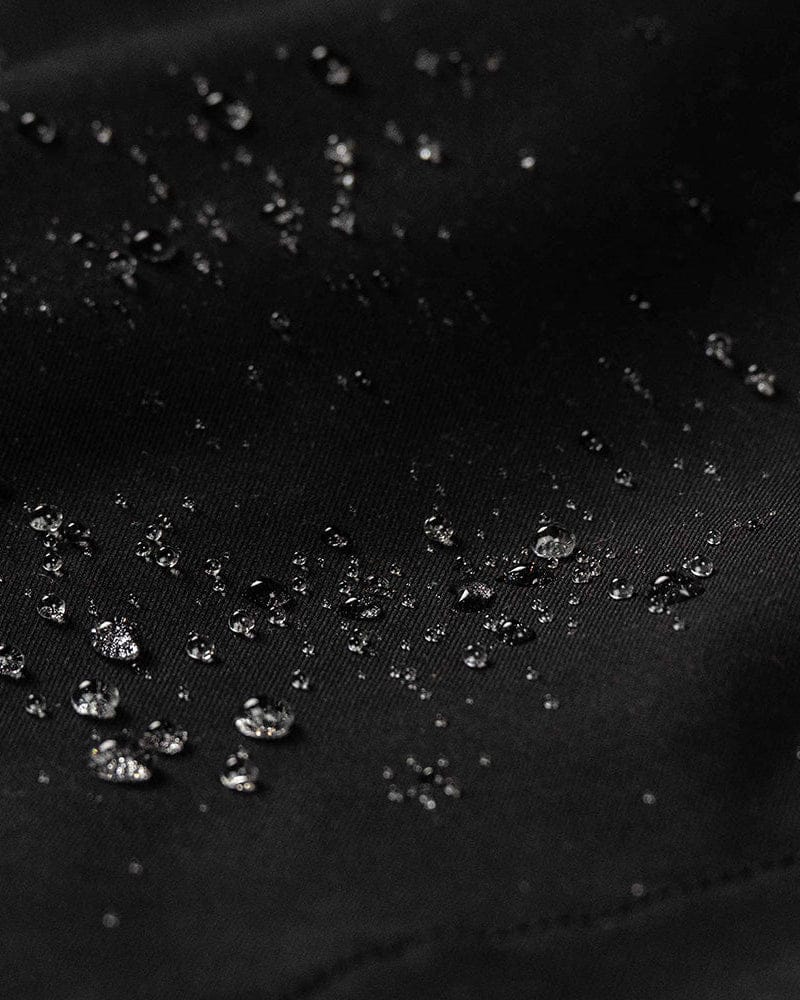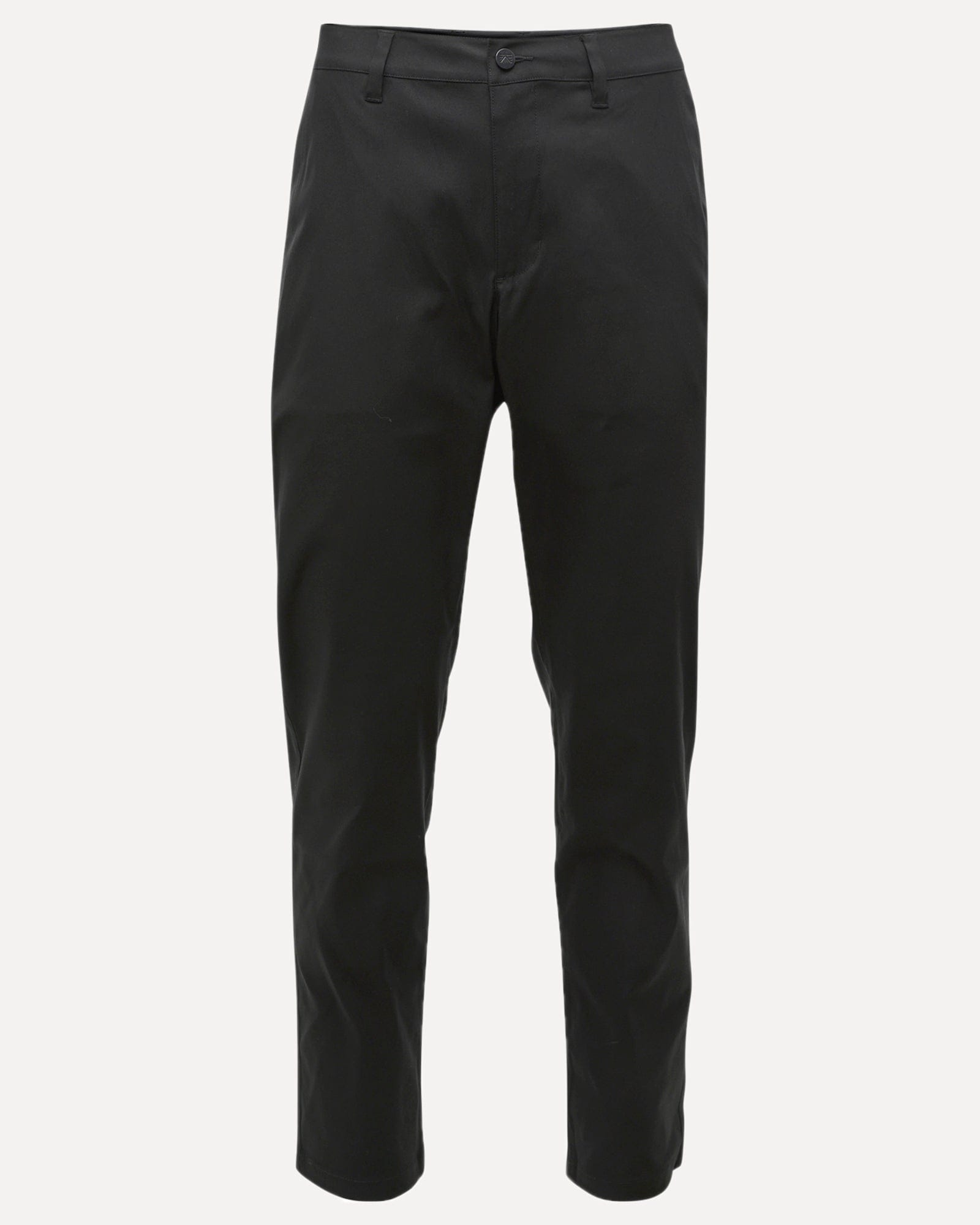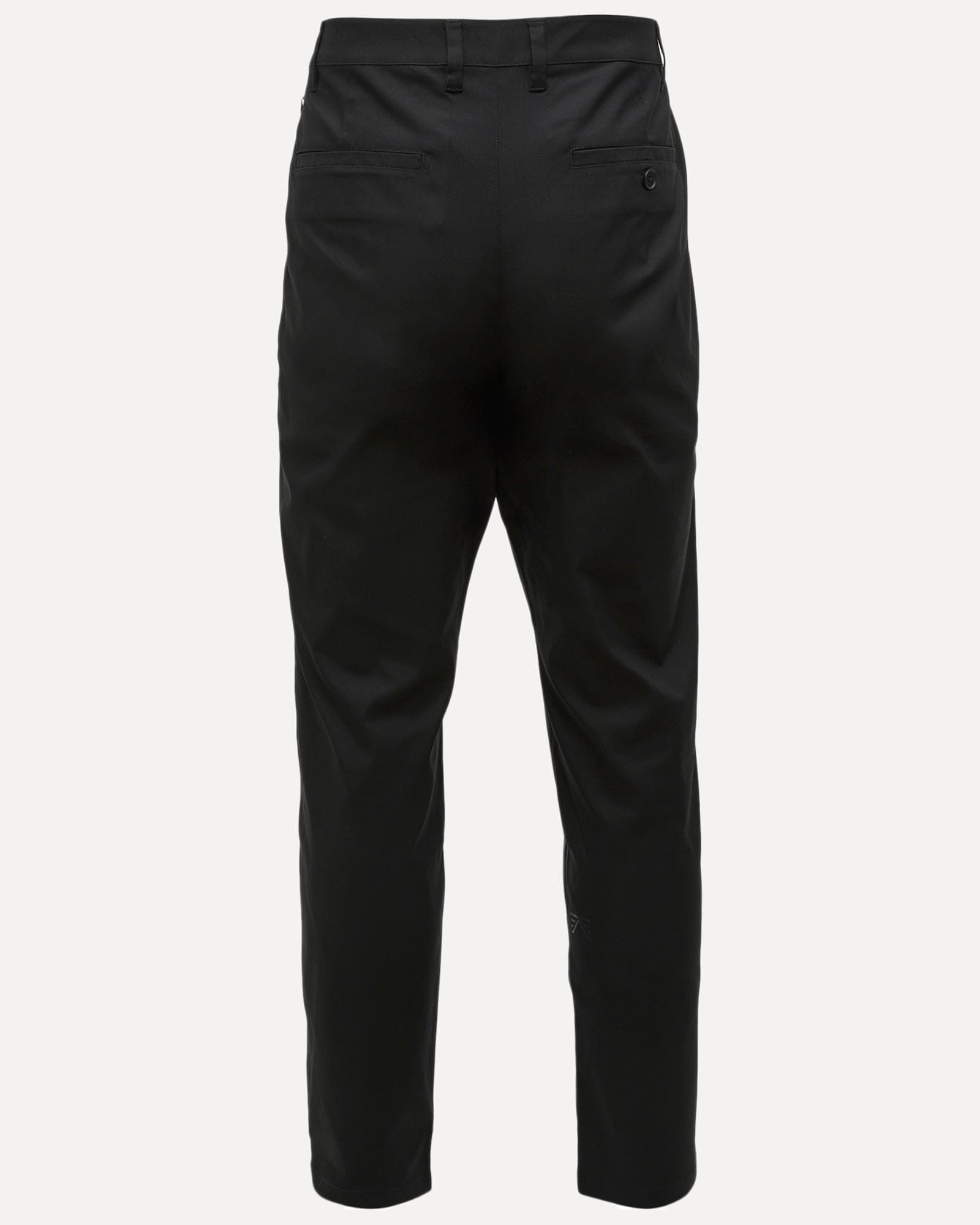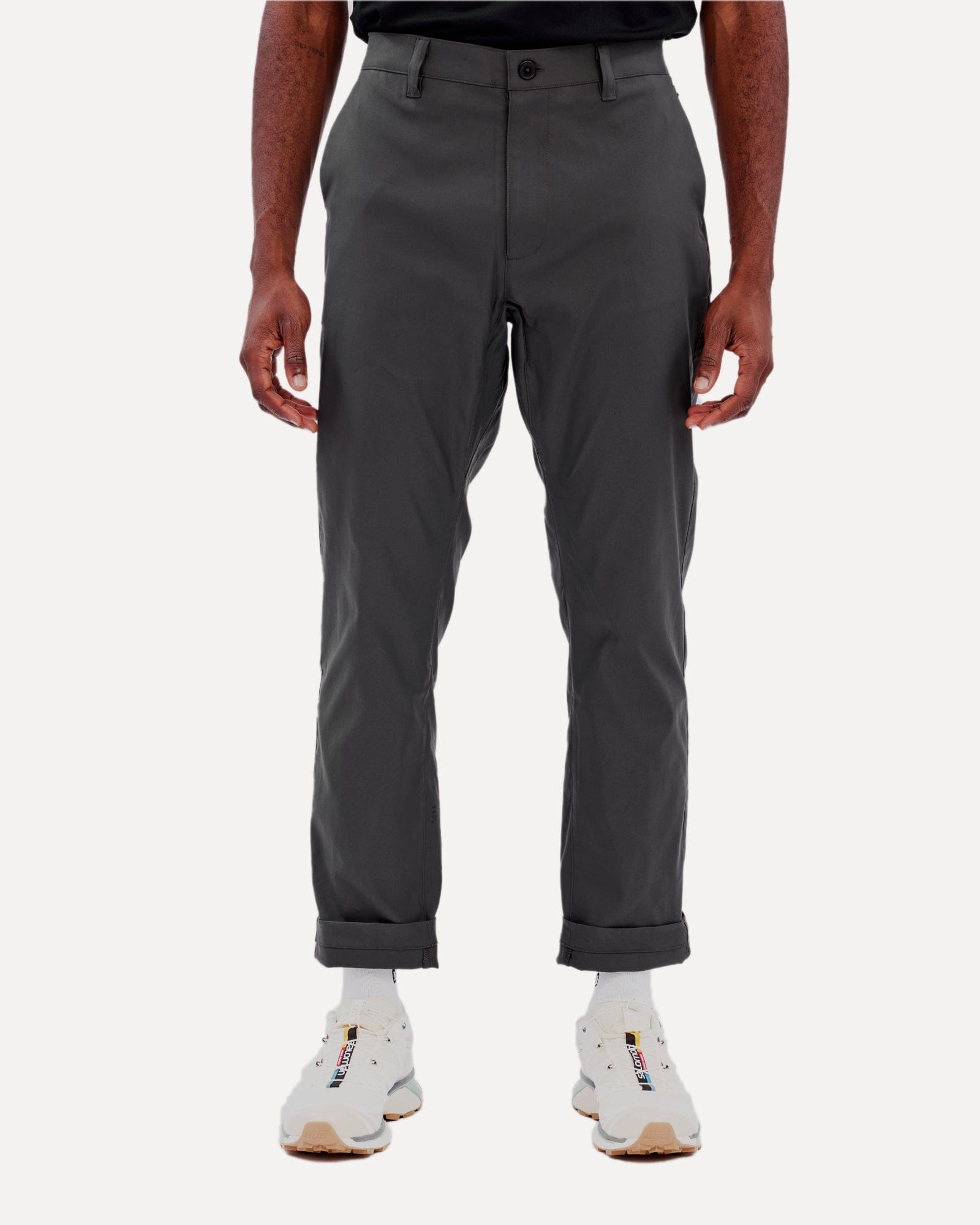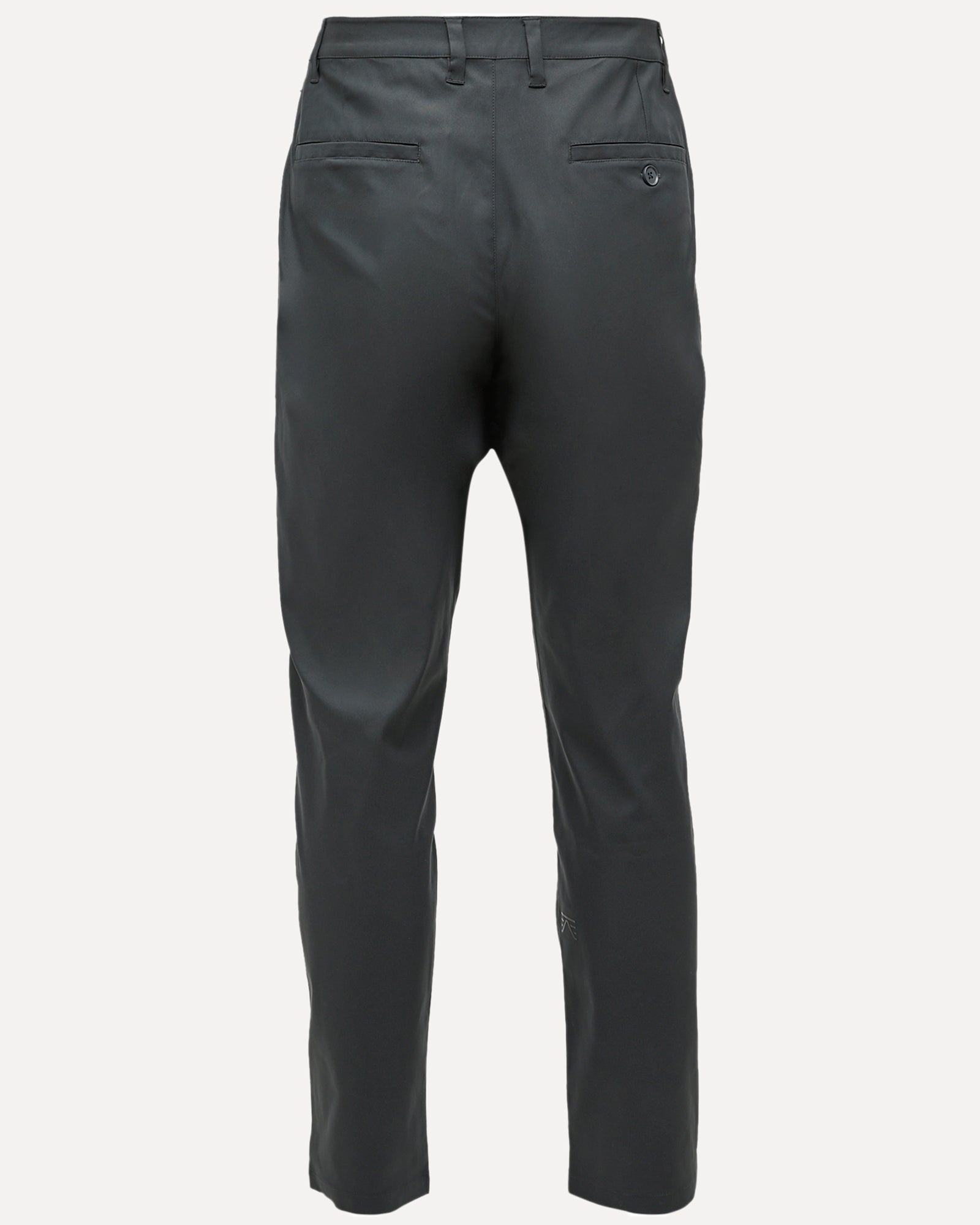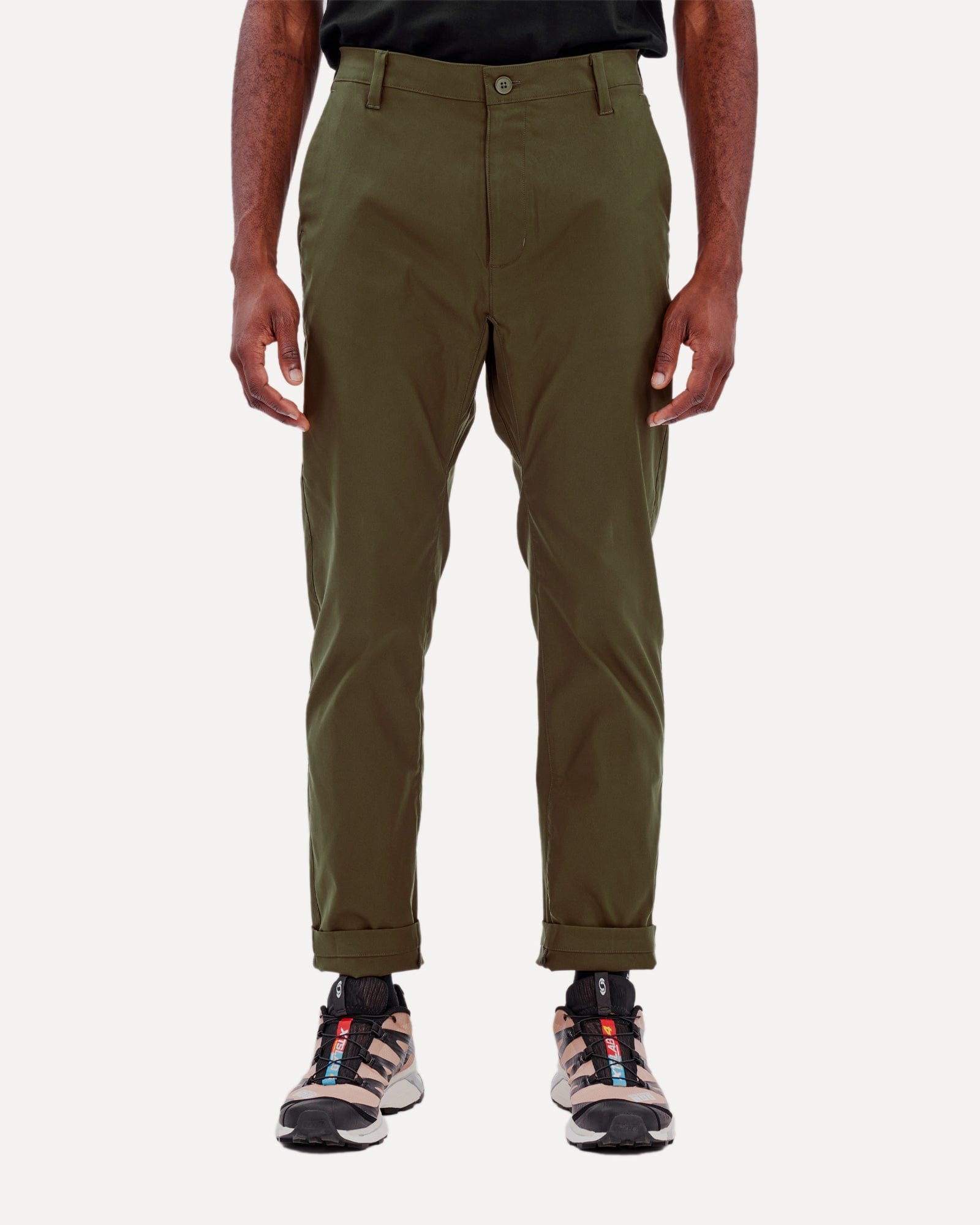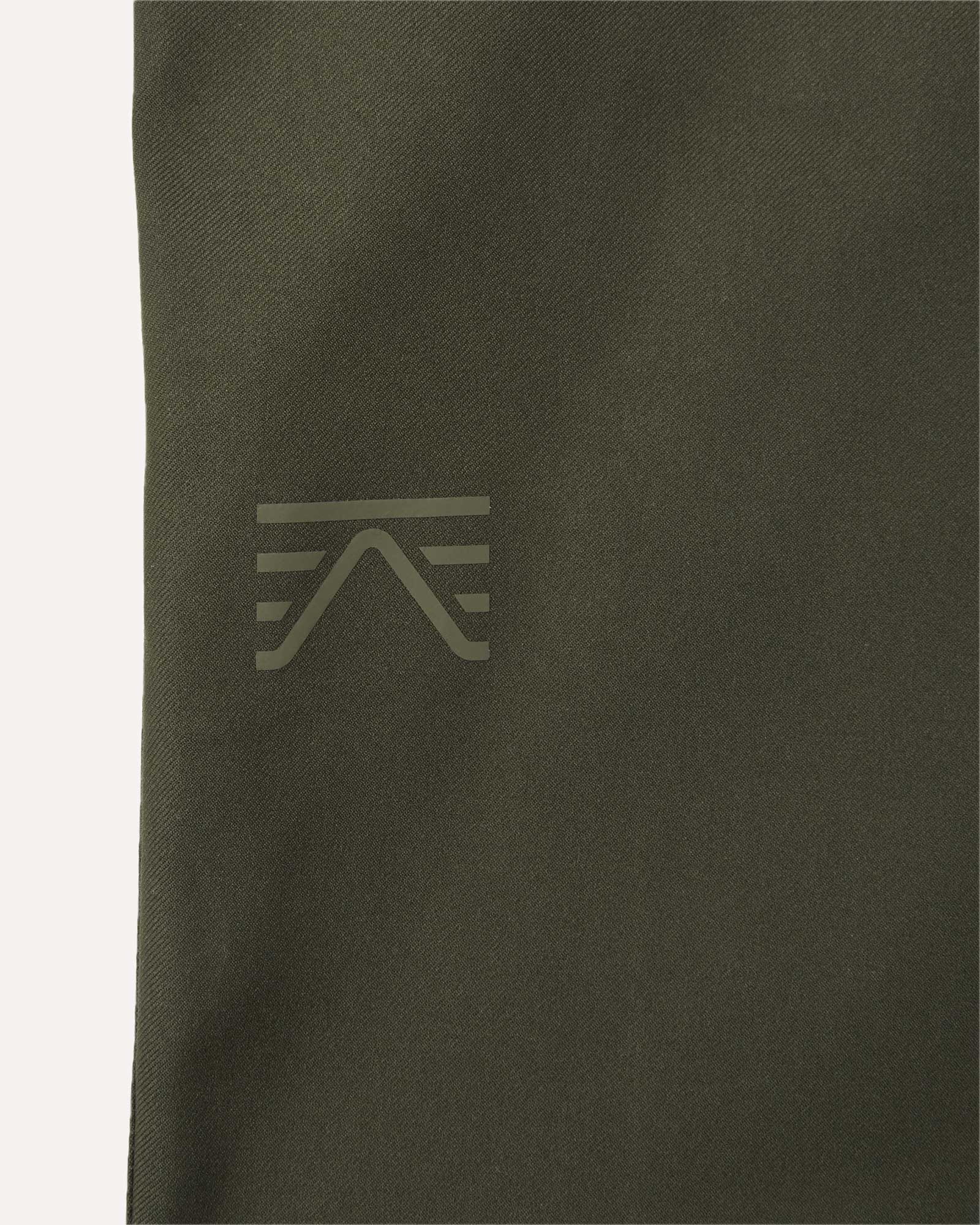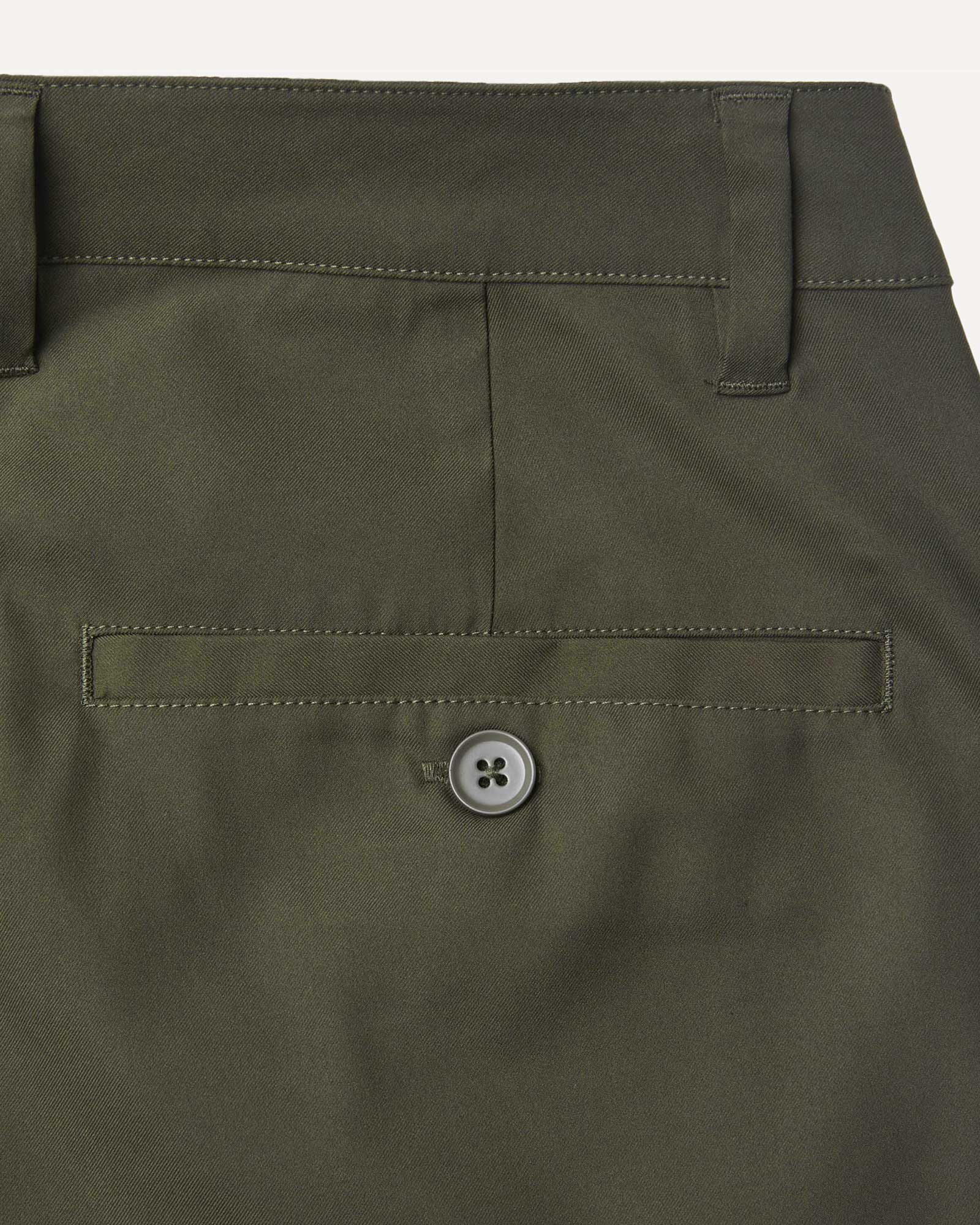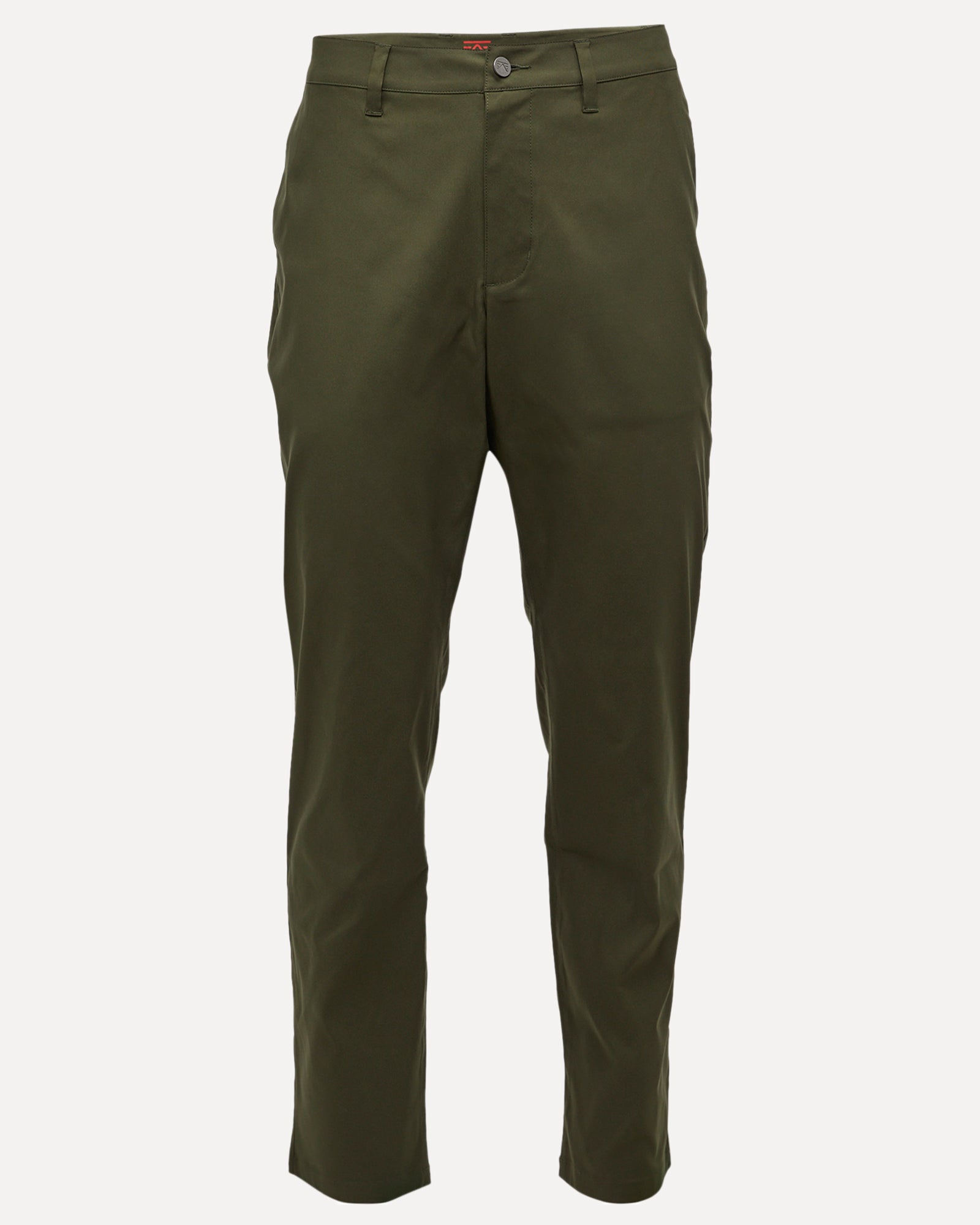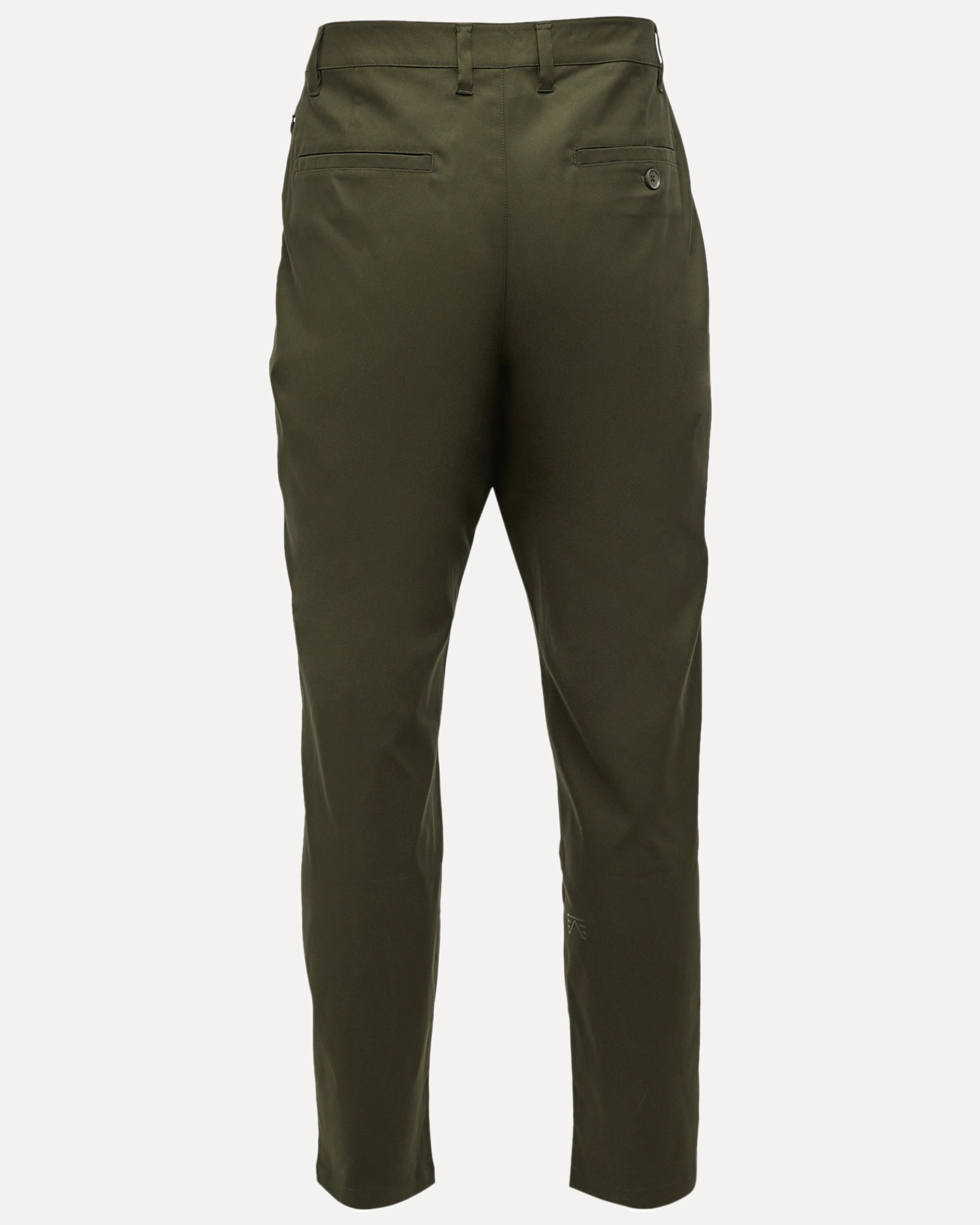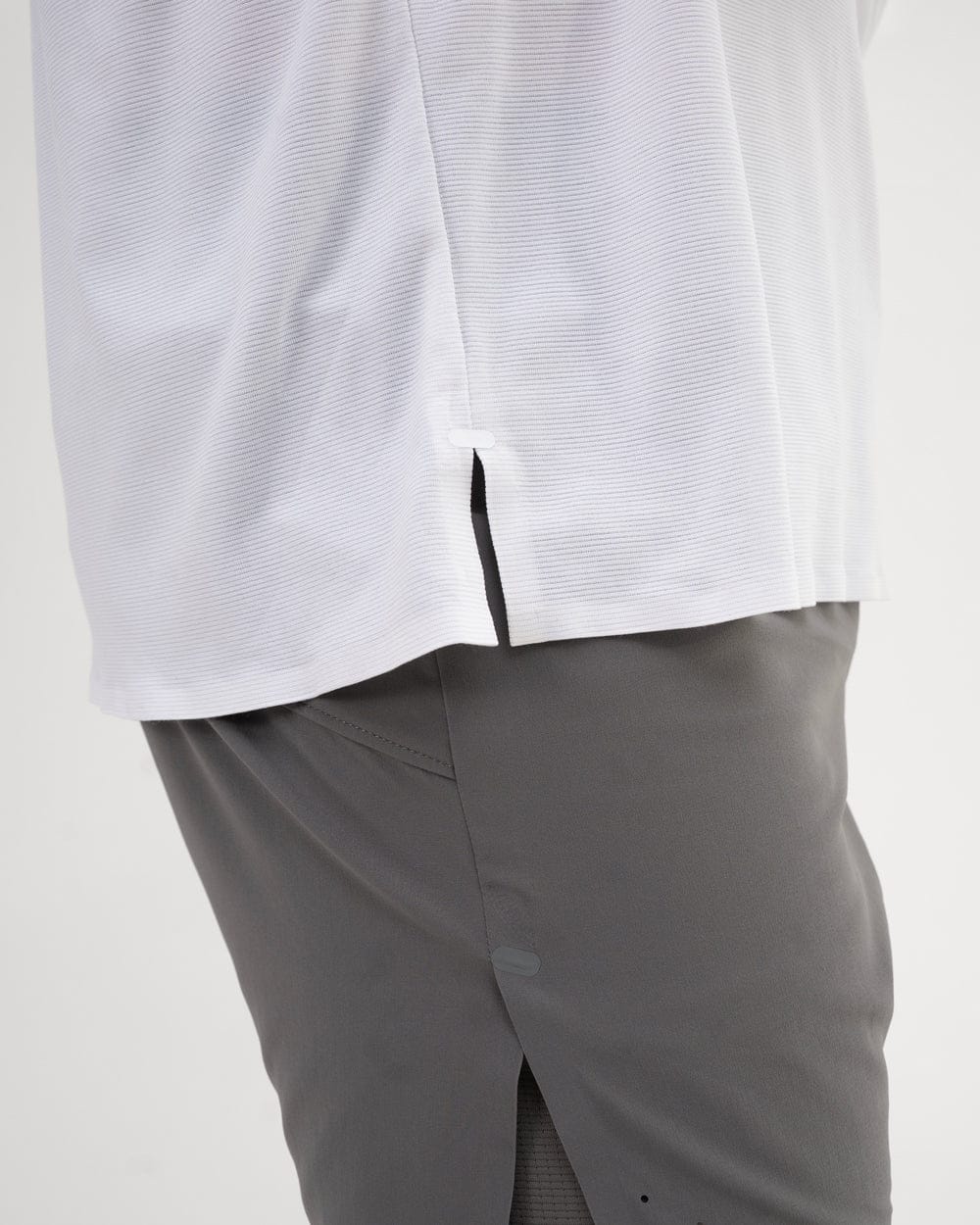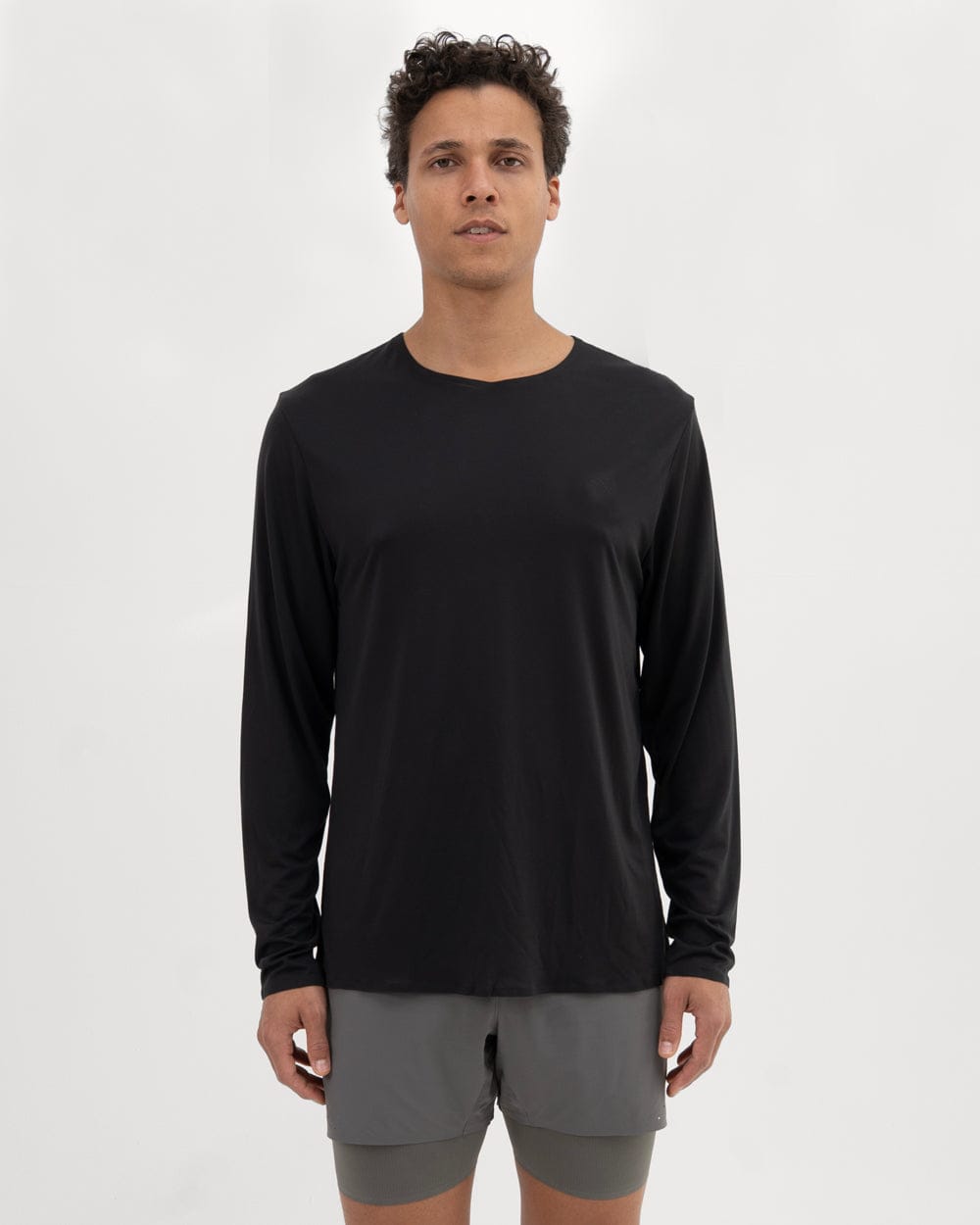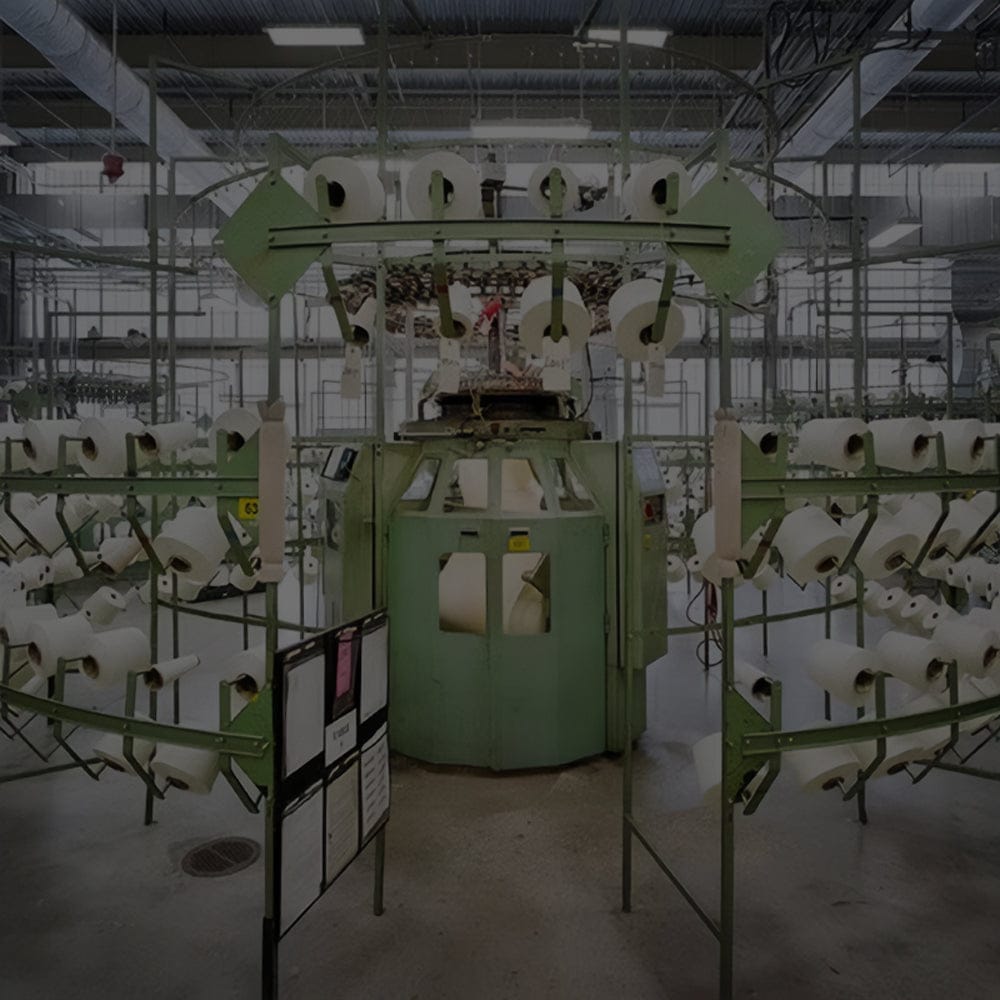In the world of sustainable fashion, terms like “recycled” and “circular” get thrown around a lot. But what does itreallymean for a fabric to be circular? In simple terms, a circular fabric is one that fits into a closed-loop system – it’s made from recycled materials and can itself be recycled or regenerated at end-of-life, reducing the need for new resources and keeping waste out of landfills. Achieving true circularity goes beyond marketing buzzwords or a dash of recycled content. It involves rethinking everything from how materials are recycled (mechanically or chemically) to where the waste comes from (pre-consumer scraps or post-consumer goods), and even how we design products for end-of-life.
Not all recycling is created equal. Mechanical recycling is the more traditional method – think of it as chopping and melting. For fabrics like polyester (PET) or nylon, mechanical recycling involves shredding the plastic or textile waste into flakes or fibers, then melting and extruding it into new fibers or yarn. This process is relatively mature and cost-effective, and it’s widely used today to turn things like used plastic bottles into recycled polyester fabric. However, one downside is that mechanically recycled material can suffer quality loss. Because the input waste is often mixed or contaminated (different polymers, dyes, etc.), the output can be lower in quality – for example, fibers may be weaker or colors harder to control. Each cycle of mechanical recycling can also shorten polymer chains, meaning you can only remelt plastics so many times before they degrade.
Chemical recycling, on the other hand, takes an entirely different approach: rather than simply melting the plastic, it breaks it down to the molecular level. Through chemical processes (using solvents, enzymes, or heat), the polymers are decomposed into their base building blocks (monomers or other useful chemical intermediates). Those building blocks can then be purified and re-made into brand new polymer – essentially regenerating virgin-quality material from waste. In the context of fabrics, chemical recycling is especially promising for fibers like nylon and polyester. For instance, nylon 6 (a common nylon used in technical apparel and carpets) can be chemically depolymerized back into its monomer caprolactam and then re-polymerized into new nylon 6, with no loss in performance. The big advantage here is quality: chemical recycling can produce near-virgin quality fibers even from mixed or lower-grade waste. It’s also more versatile in what it can recycle – blends of materials that mechanical methods can’t easily handle. The trade-off? Chemical recycling processes can be more complex, energy-intensive, and costly to set up. They often require advanced technology and carefully managed chemical inputs, which are still being scaled in the textile industry. Both recycling methods are crucial to a circular economy for fabrics: mechanical recycling is already diverting large volumes of plastic waste at relatively low impact, while chemical recycling is an emerging tool to deal with the rest – the hard-to-recycle garments and mixed materials – and to keep materials in play longer.
A truly circular fabric exists within a closed-loop system – meaning the material can circulate again and again without becoming waste. In a closed-loop recycling system, the output (end-of-life material) becomes the input for new production, forming a continuous loop of use and reuse. This is in contrast to the traditional linear system of “take-make-dispose,” where materials go to waste after one use. The goal of a closed loop is that nothing ends up in the landfill; instead, today’s old jacket is tomorrow’s new sweater. Achieving this in practice is challenging, but there are exciting developments. For example, chemical recycling innovations are enabling textile-to-textile recycling – taking an old garment and chemically regenerating it into new fiber of the same quality. Today, the majority of “recycled” fabrics in apparel are actually an open-loop of sorts: they use waste from one stream (like plastic bottles or industrial scraps) to make fiber for another stream (clothing). This is still beneficial – it repurposes waste – but true closed-loop fashion would mean recycling clothing back into clothing.
Companies are developing closed-loop systems where they collect used garments, sort them by material, and either mechanically or chemically recycle them into new textile fiber. Polyester can be chemically broken down and purified into new polyester; nylon can be endlessly regenerated as mentioned earlier. There are already instances in the carpet industry and sportswear where nylon 6 from old nets or carpets is regenerated into new nylon yarn (e.g., Econyl & NetPlus) in a closed loop, rather than using new petroleum resources. A closed-loop system also heavily involves design and infrastructure: products need to be designed so theycan be recycled (more on that later), and we need collection systems to take back products at end-of-life. Without collection and sorting (like textile take-back programs, recycling bins for clothes, etc.), even a perfectly recyclable fabric won’t actually get recycled.
A big motivation for using recycled nylon or polyester is reducing the carbon footprint of our clothing. Manufacturing synthetic fabrics from scratch (i.e. from petroleum) is energy-intensive – extracting oil, refining it, producing chemicals, and powering the polymerization and fiber-spinning processes all emit significant greenhouse gases. When we recycle existing plastic into fabric, we can bypass some of those energy-heavy steps. The result is usually a lower carbon impact per kilogram of fiber produced. Mechanically recycled polyester (rPET) has been shown to cut GHG emissions by around 70% compared to making the same polyester from virgin petrochemicals. This reflects the fact that recycling a plastic bottle into fiber uses far less new energy than pumping oil out of the ground and processing it into brand new polyester.
Even with conservative estimates, it’s clear that recycled synthetics generally have a smaller carbon footprint than their virgin counterparts. Besides greenhouse gases, recycled production often uses less water and fewer other resources as well. One reason is that the “hard work” of creating the polymer was already done when the material was made the first time – recycling just re-processes it.
It’s important to avoid oversimplifying the carbon story. Recycled fabrics aren't carbon-neutral; they still require energy to collect, melt or depolymerize, and remanufacture the material. Transportation of waste and recycled fiber can also add emissions (imagine shipping bales of bottles across oceans to recycling plants). Additionally, if chemical recycling processes use a lot of fuel or have low yields, the carbon advantage can diminish. The good news is that as technologies improve and if recyclers power their operations with green energy, the carbon savings of recycled fabrics could be even greater in the future.
From a circularity perspective, lowering carbon impact is one piece of the puzzle. Using recycled nylon or polyester helps reduce the fashion industry’s reliance on fossil fuels and cuts emissions, which is a strong environmental win. But remember that carbon is not the only measure of sustainability – a fabric might have a low carbon footprint but could be problematic in other ways. But the basic takeaway is: virgin synthetics are carbon-heavy, and recycled versions offer a meaningful improvement.
To close the loop, it’s not enough to recycle old fabrics – we also need to design new products in a way that they can be recycled when their time comes. This concept is often called “design for recyclability” or “designing with the end in mind”. The idea is simple: a product’s recyclability is largely determined at the design stage, long before it ever becomes waste. If we choose the wrong materials or construct a garment in a complicated way, we may doom it to the landfill even if, theoretically, the materials could be recycled. So what are the strategies to design truly circular, recyclable products?
- Choose recyclable materials: Prefer fibers that have established recycling streams (polyester, nylon, cotton, wool) and avoid hard-to-recycle blends. If using blends (like a poly-cotton fabric), ensure there’s a known method to recycle or separate them.
- Use mono-material where possible: As mentioned, simplify the material mix in each product or use components that are all the same material family (e.g., all-polyester garment, or all-nylon garment).
- Design for disassembly: Make it easy to take the product apart. This could mean using removable buttons, single-fiber sewing thread, or modular designs. It also means considering end-of-life in things like footwear or outdoor gear, which can be very multi-component.
- Avoid contaminating elements: Steer clear of coatings or accessories that would prevent recycling.
A fabric is “truly circular” when it’s part of a regenerative loop – sourced from waste, produced with lower impact, used to its fullest, then recycled into a new life, over and over. Getting there isn’t easy, but each step – whether it’s innovative recycling technology, better sourcing, or smarter design – is building the path toward a circular future. Together, informed consumers and forward-thinking brands can close the loop.

